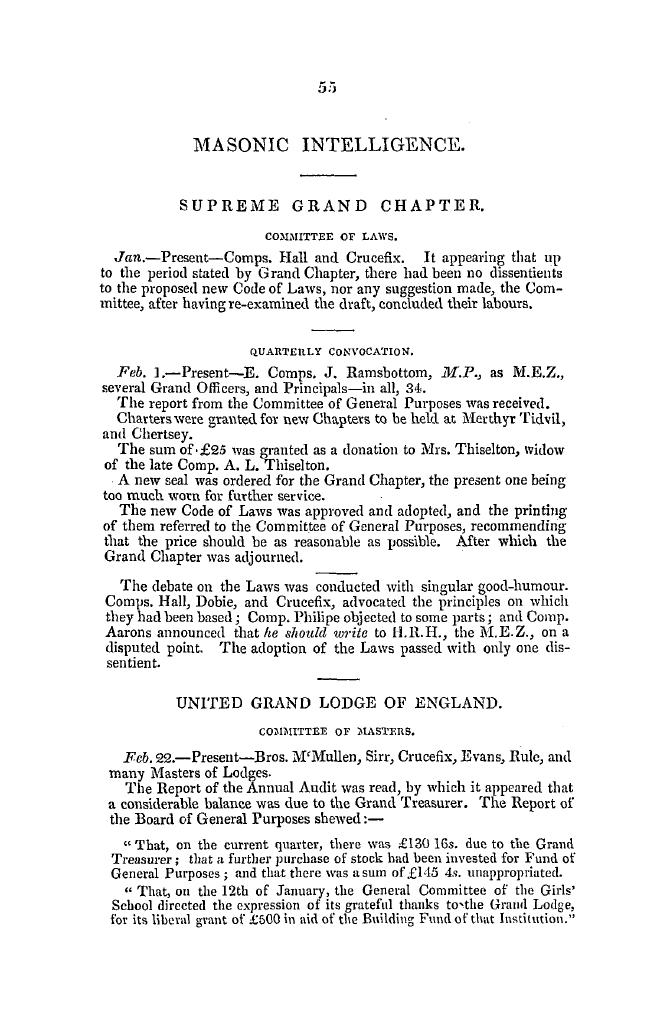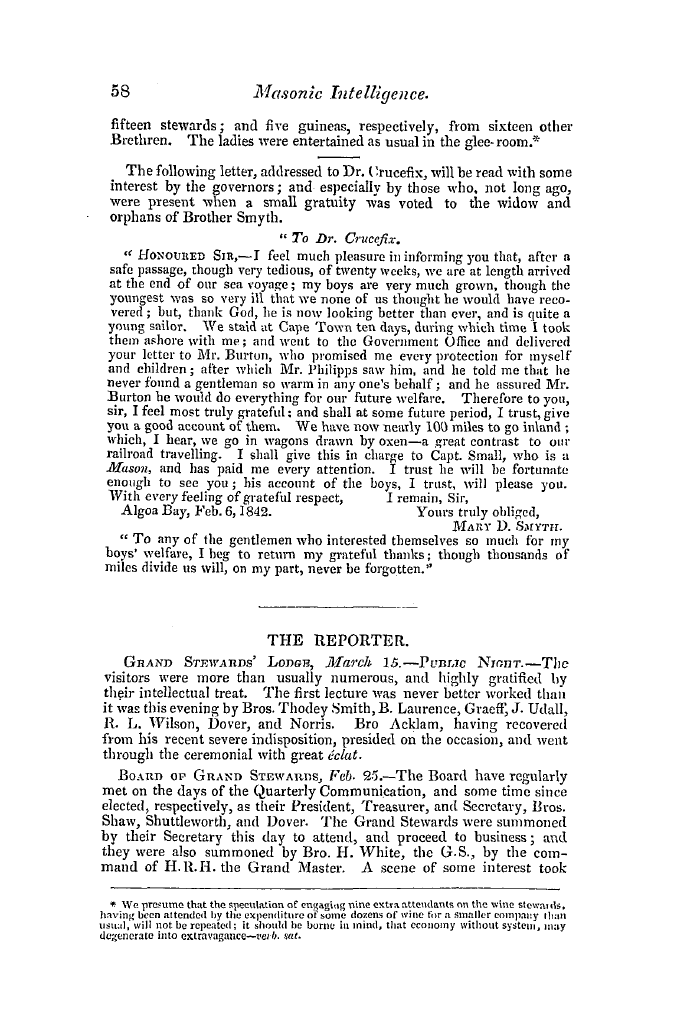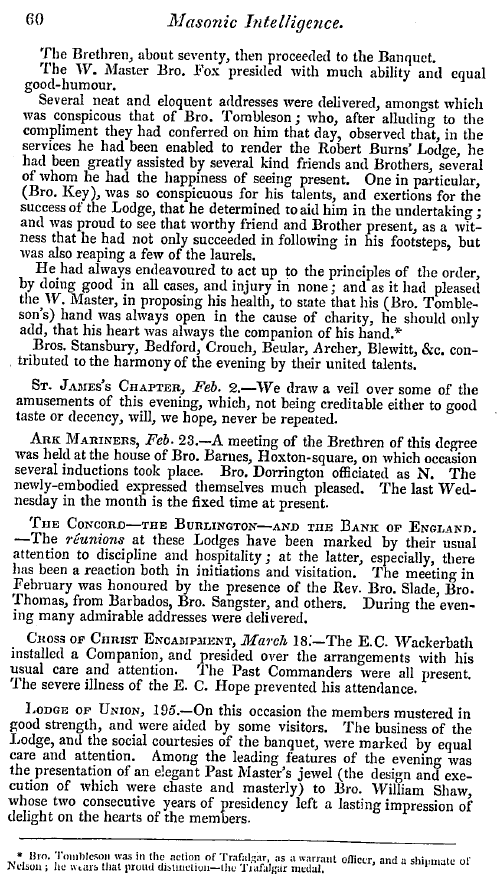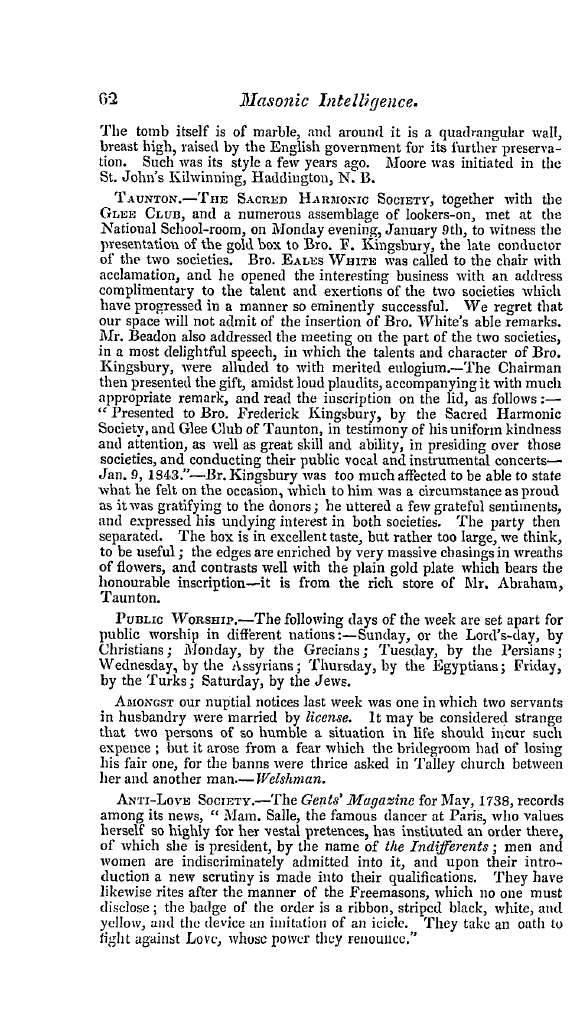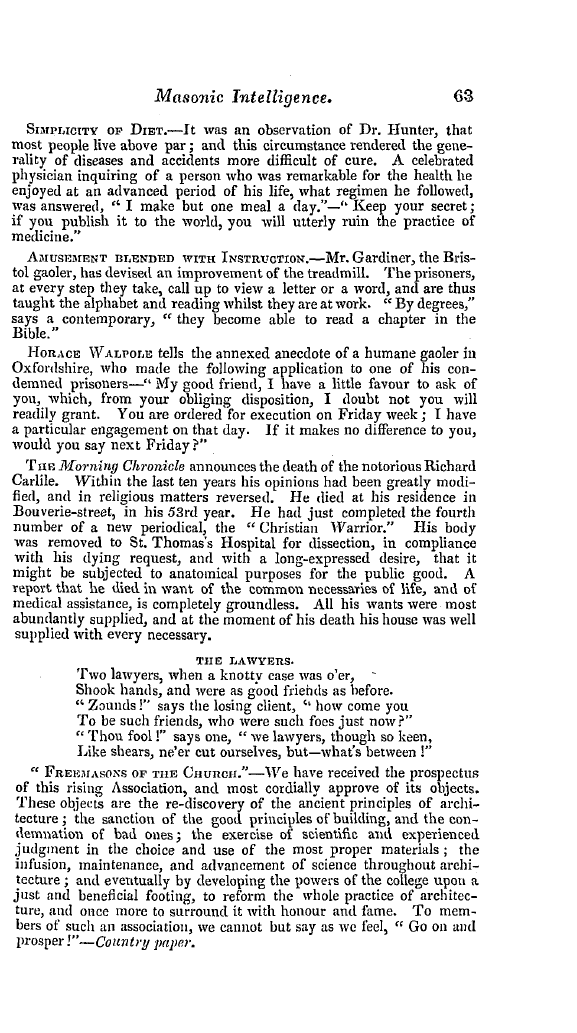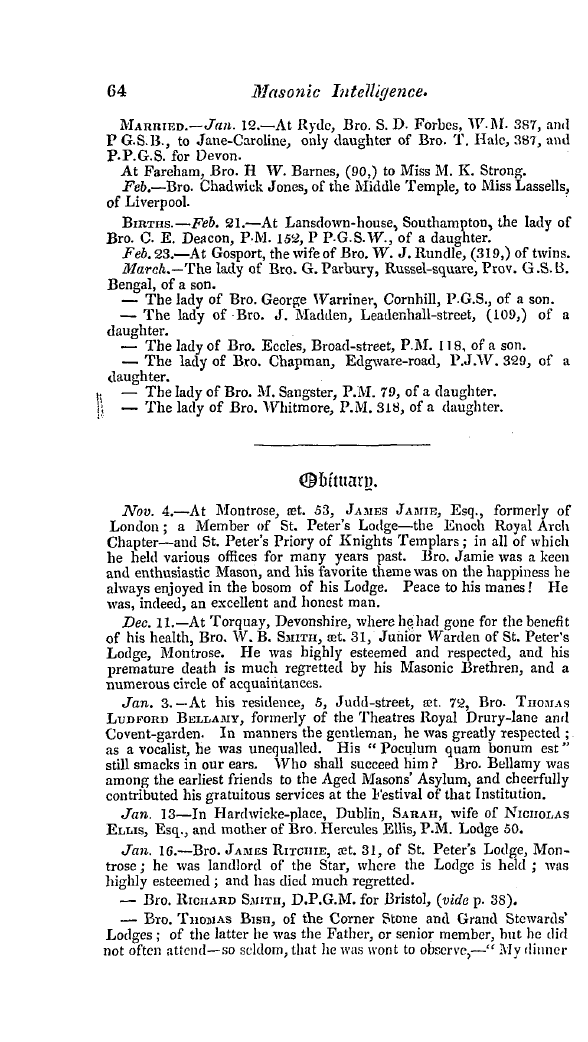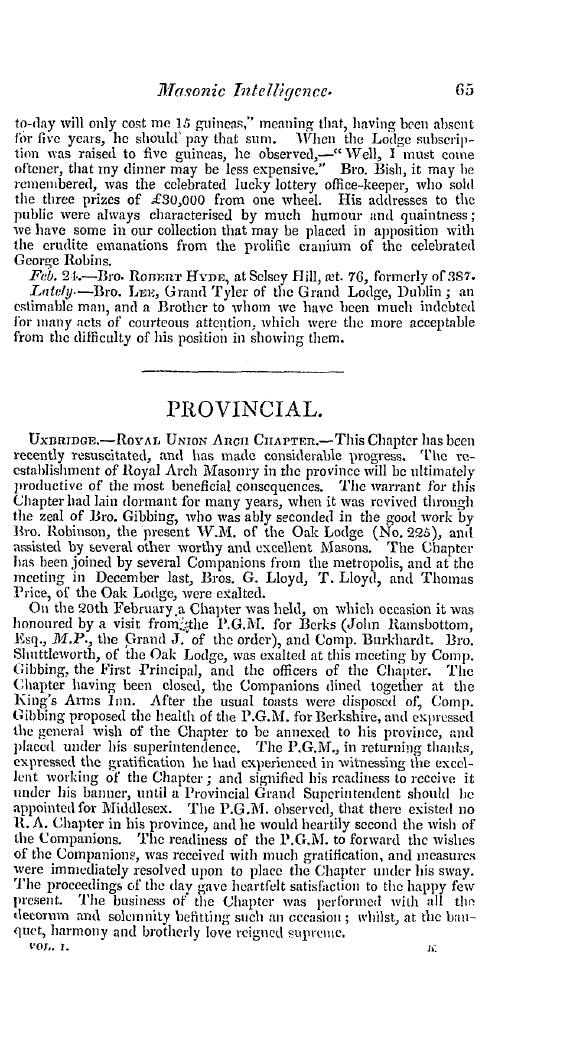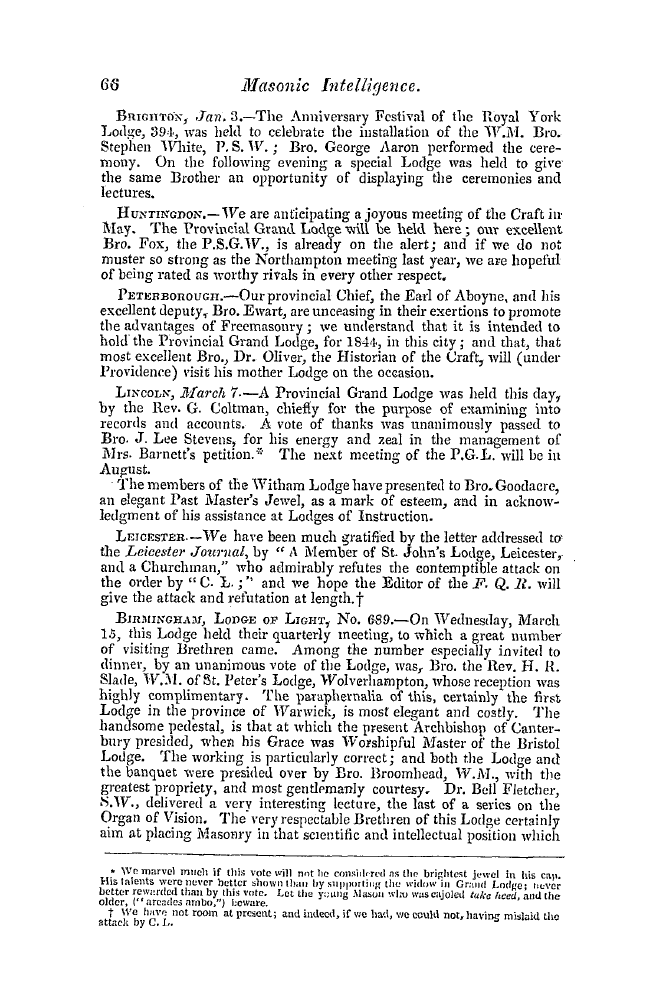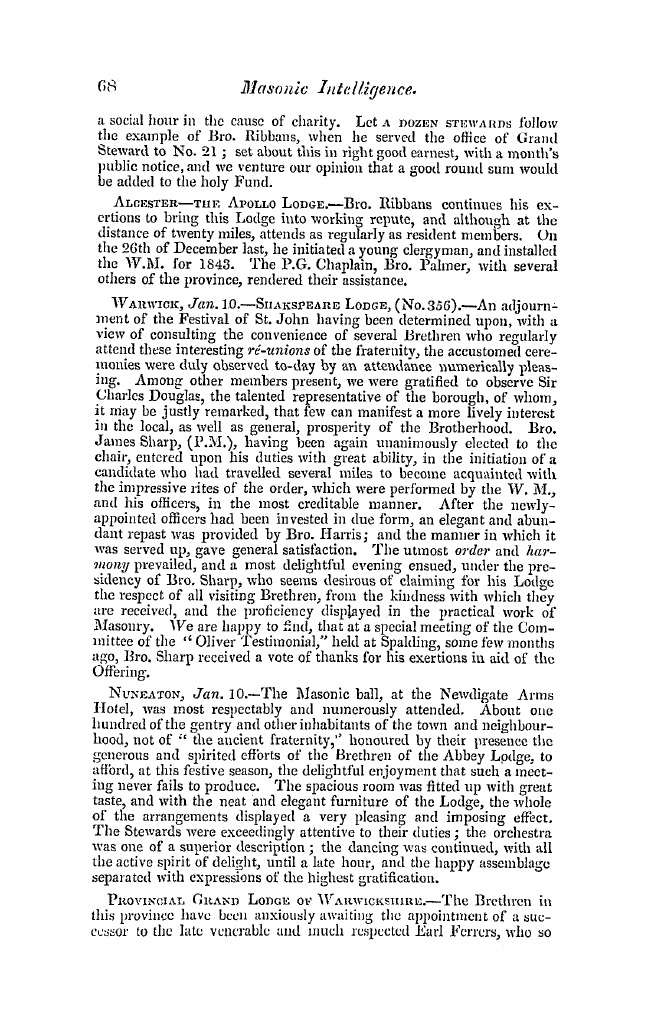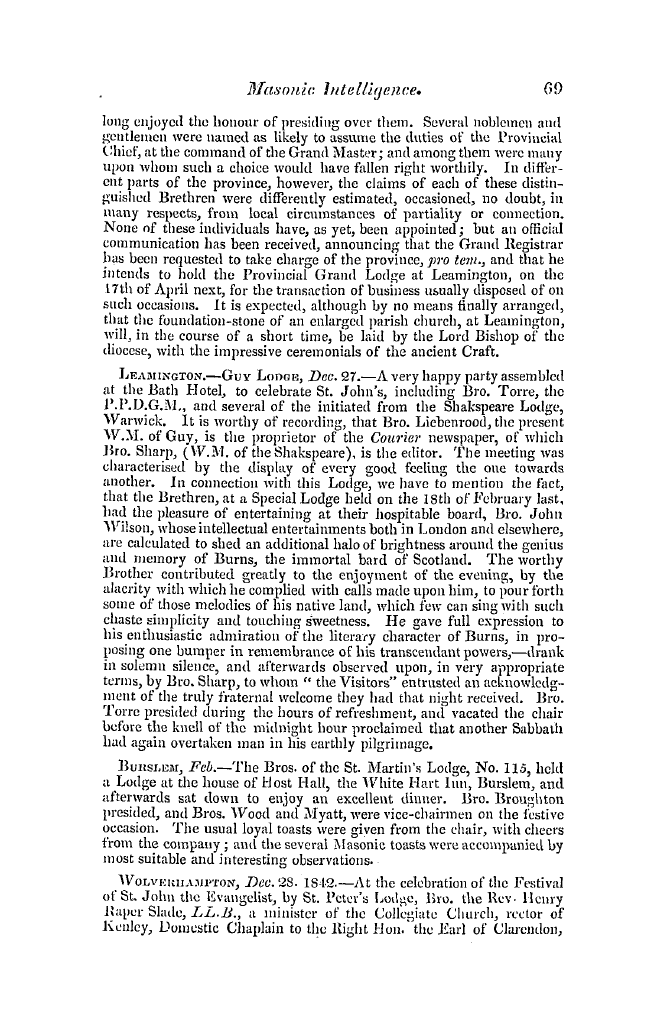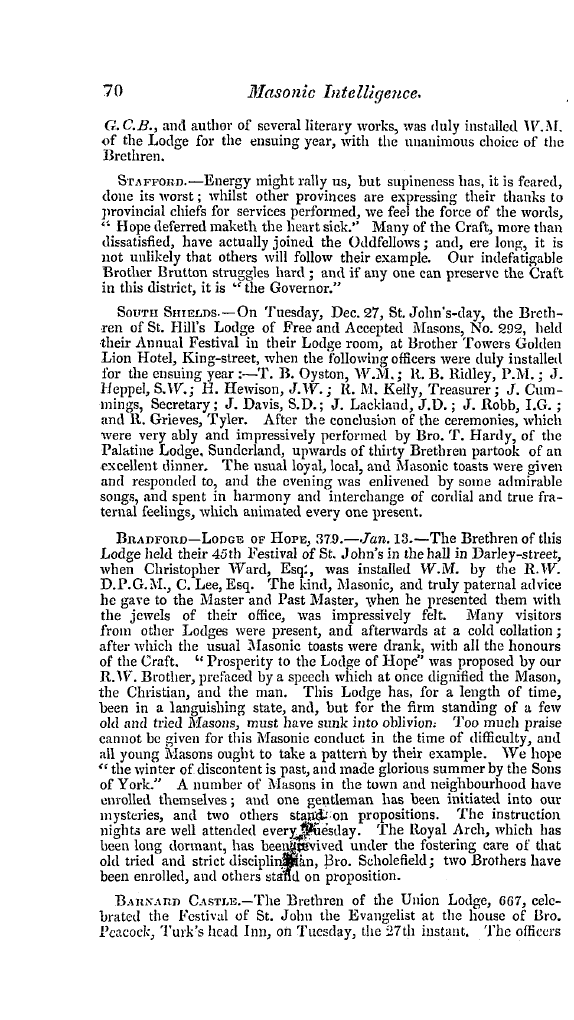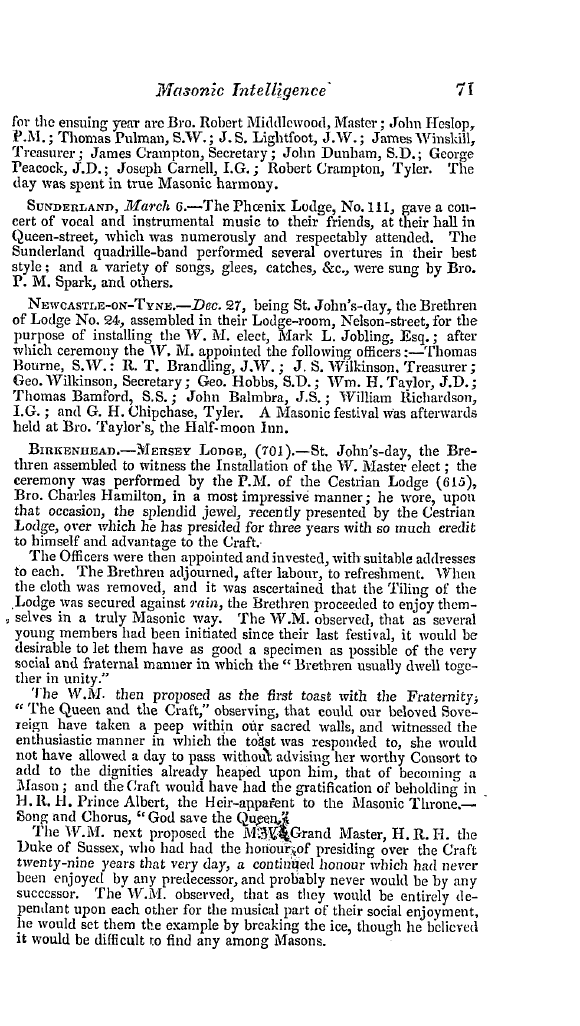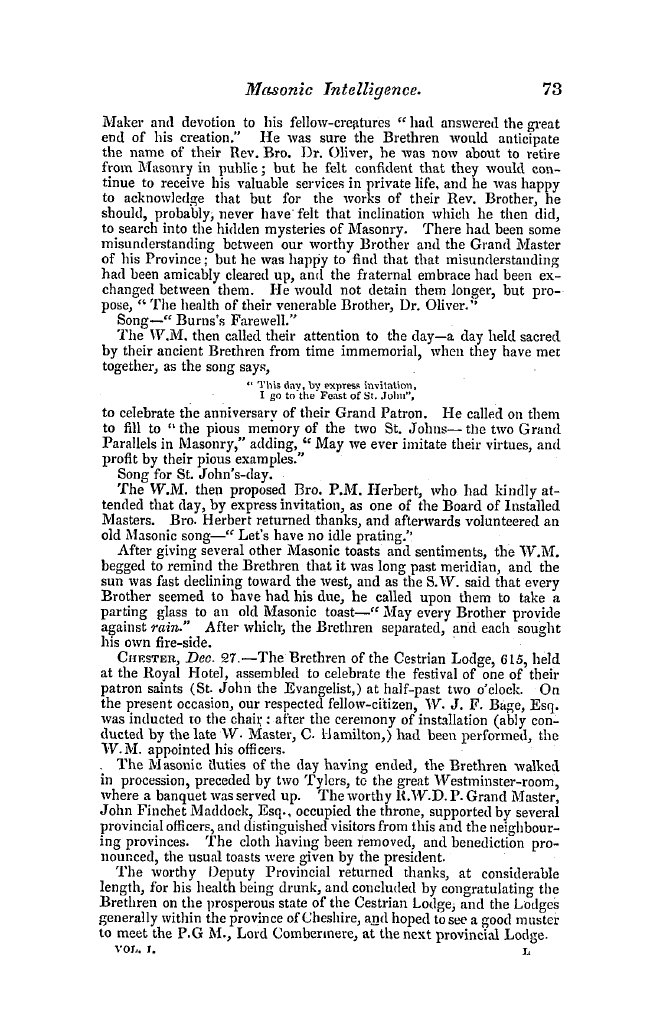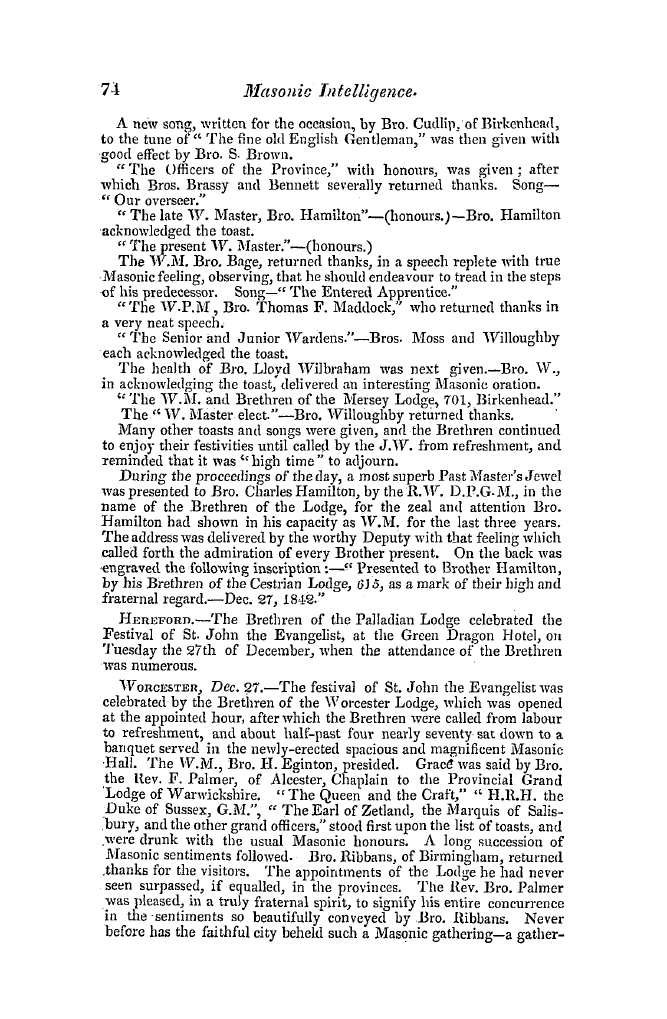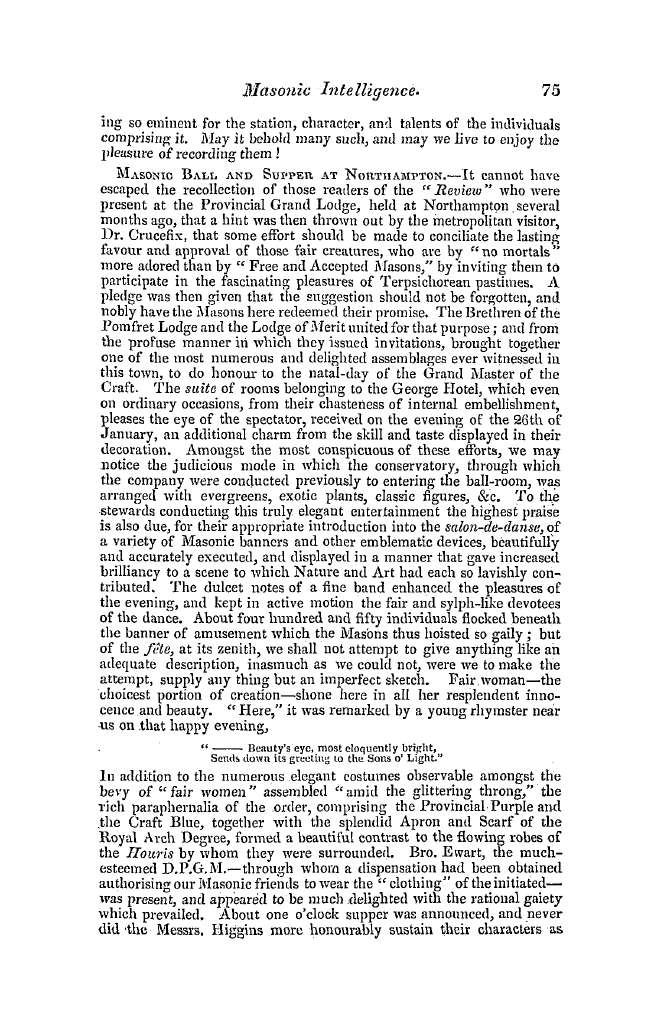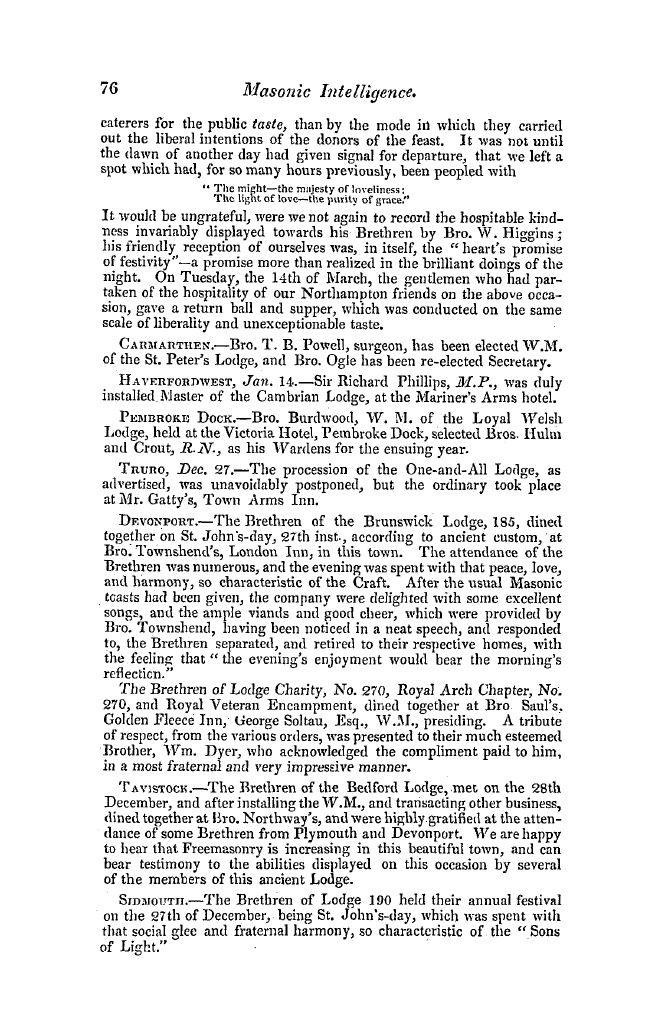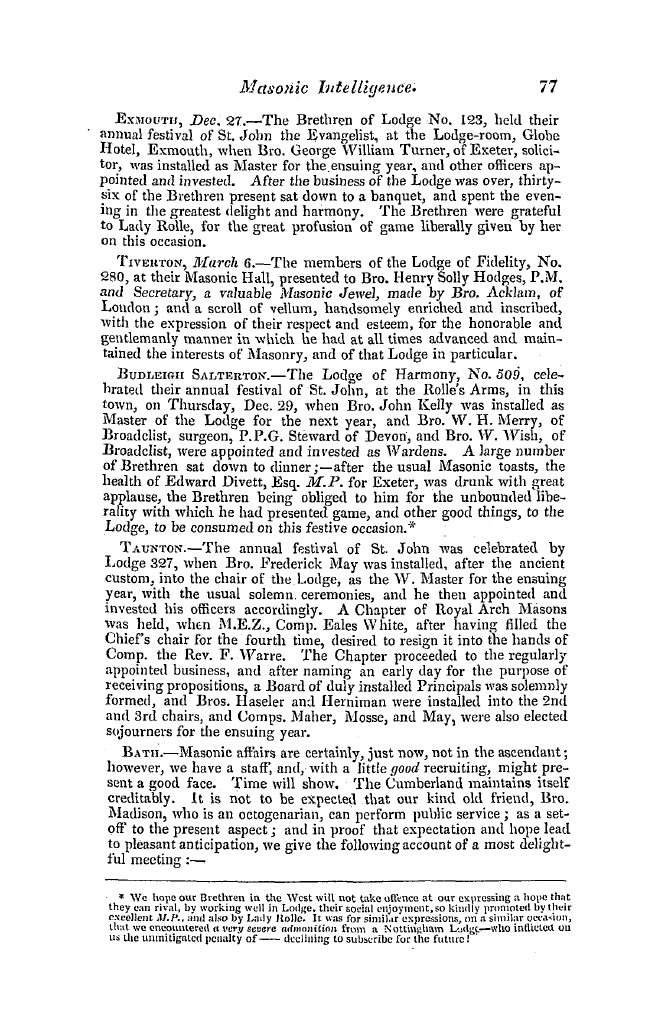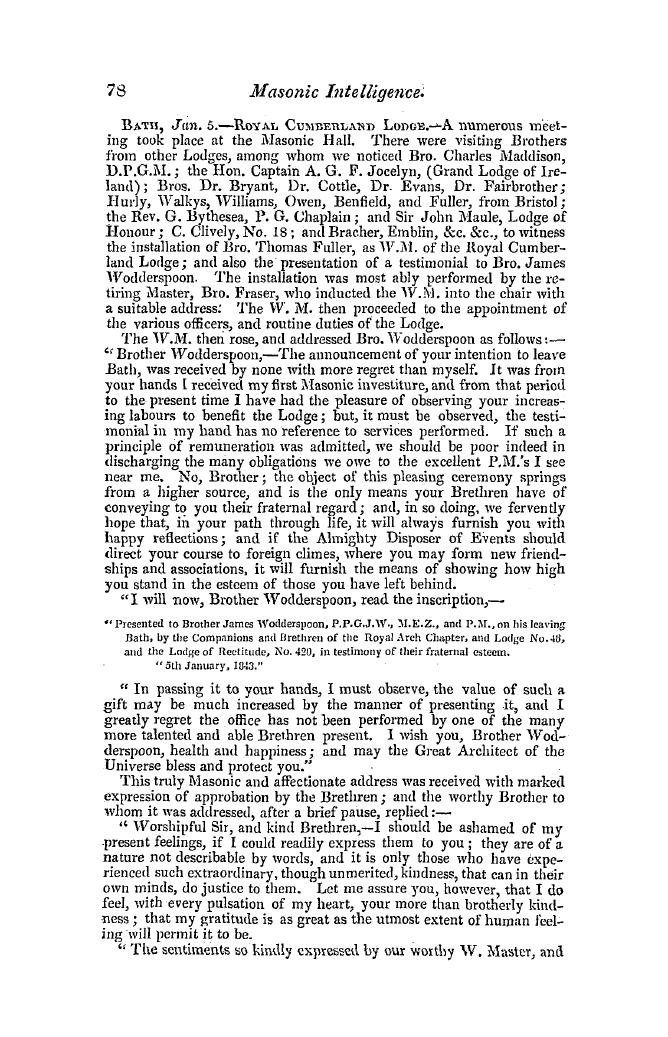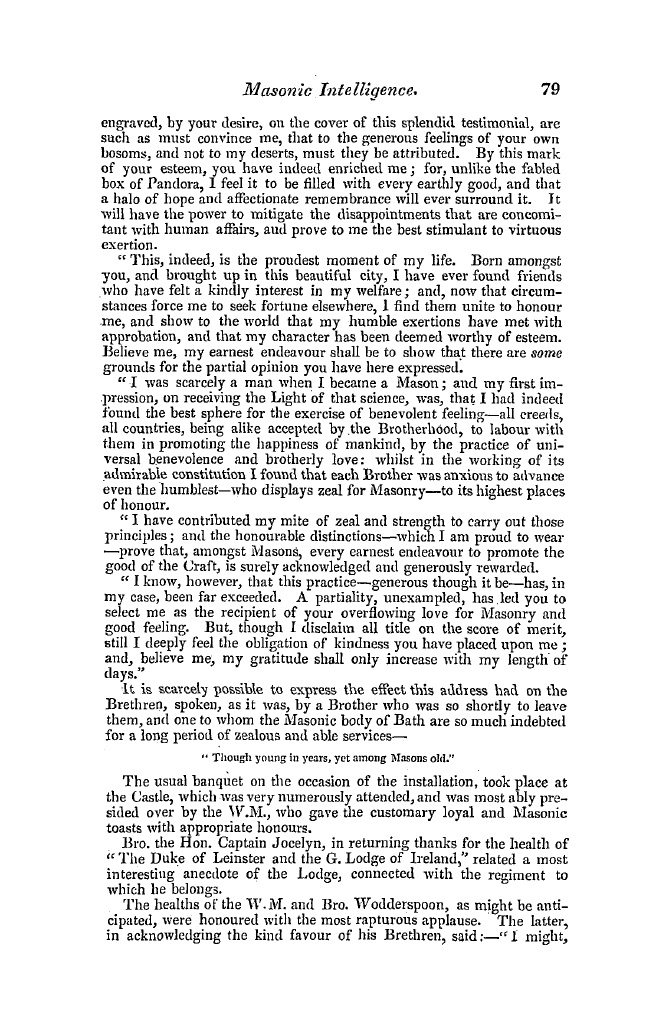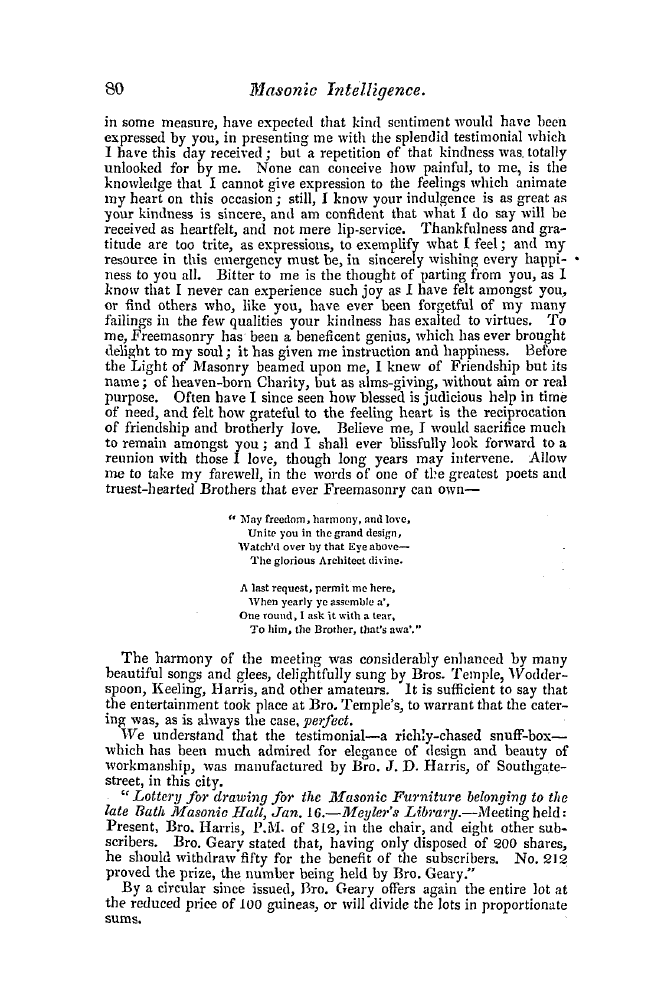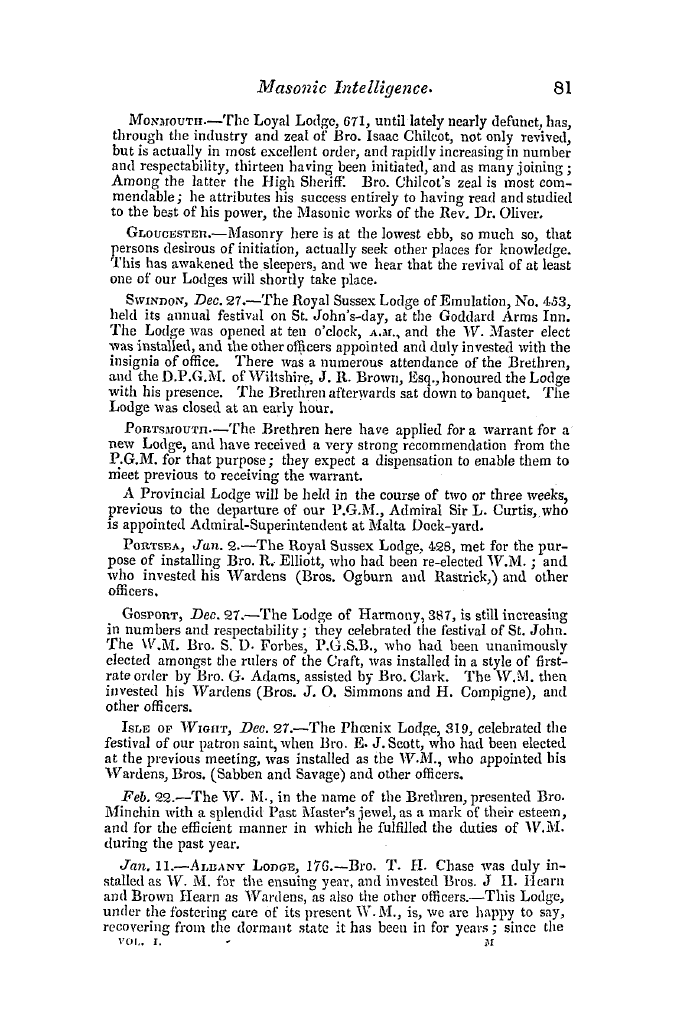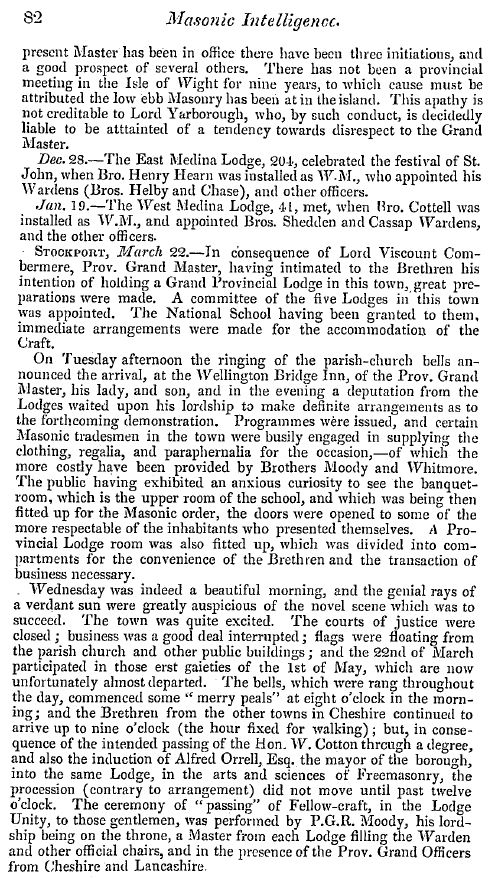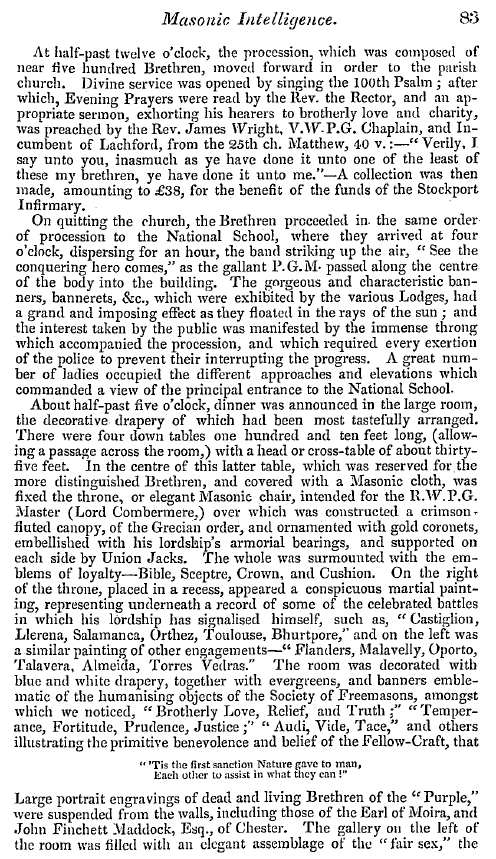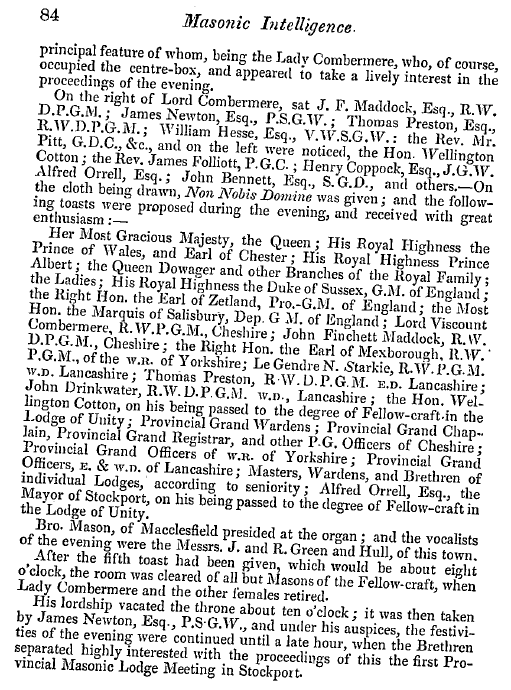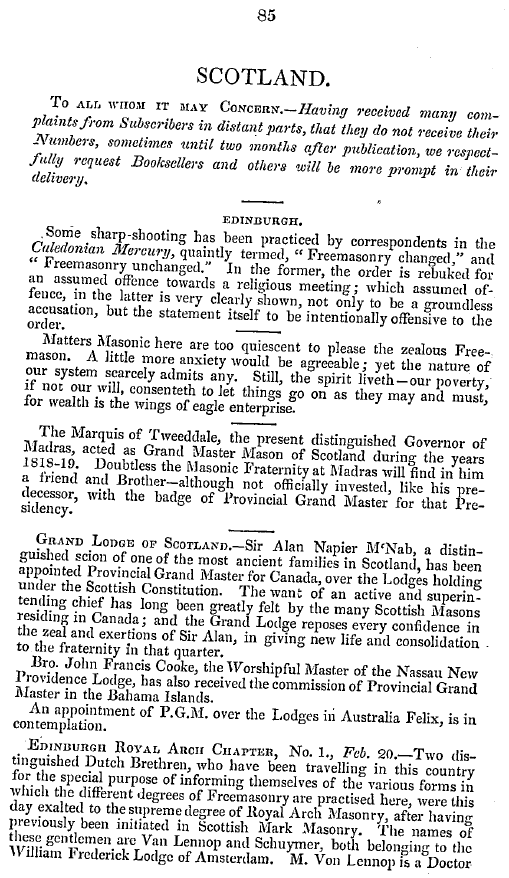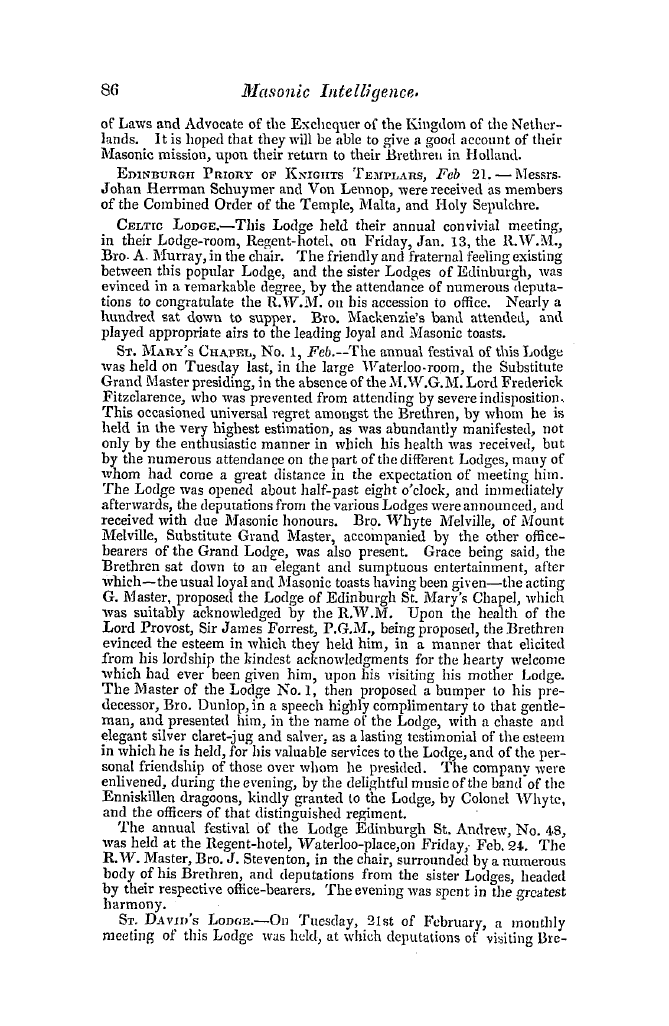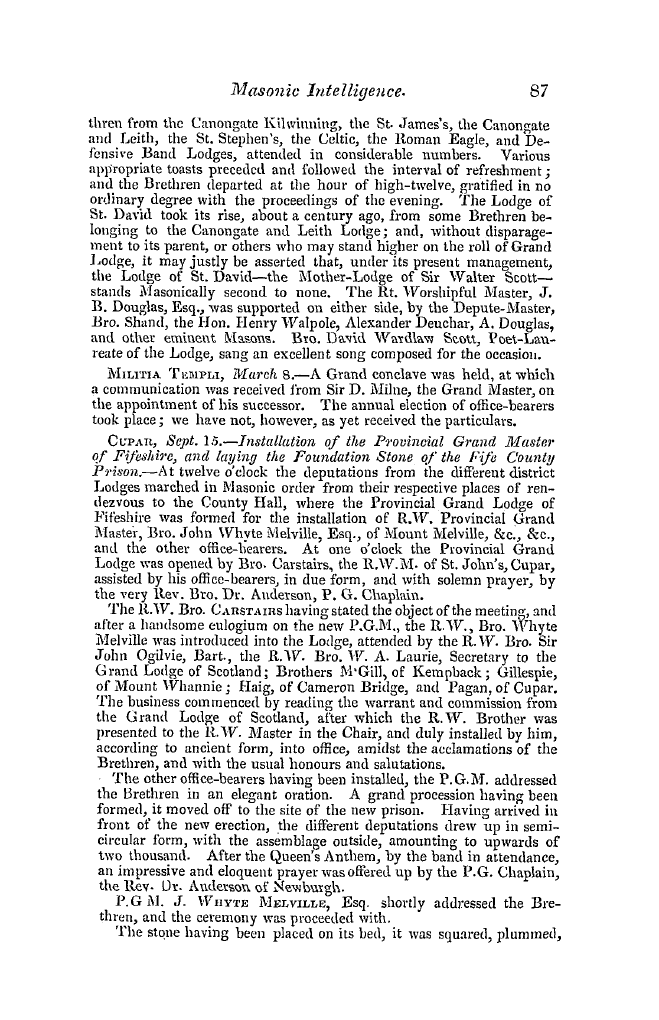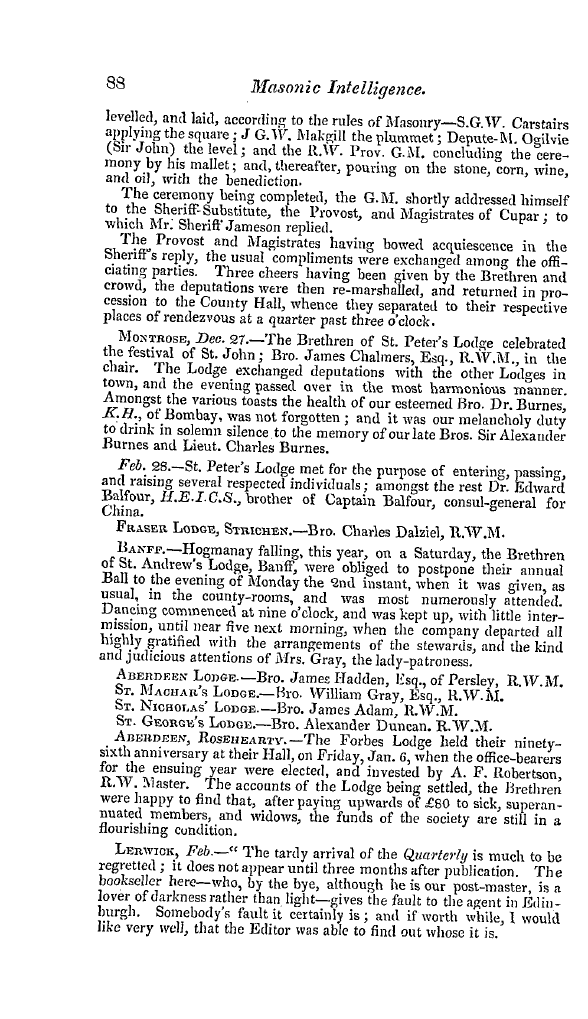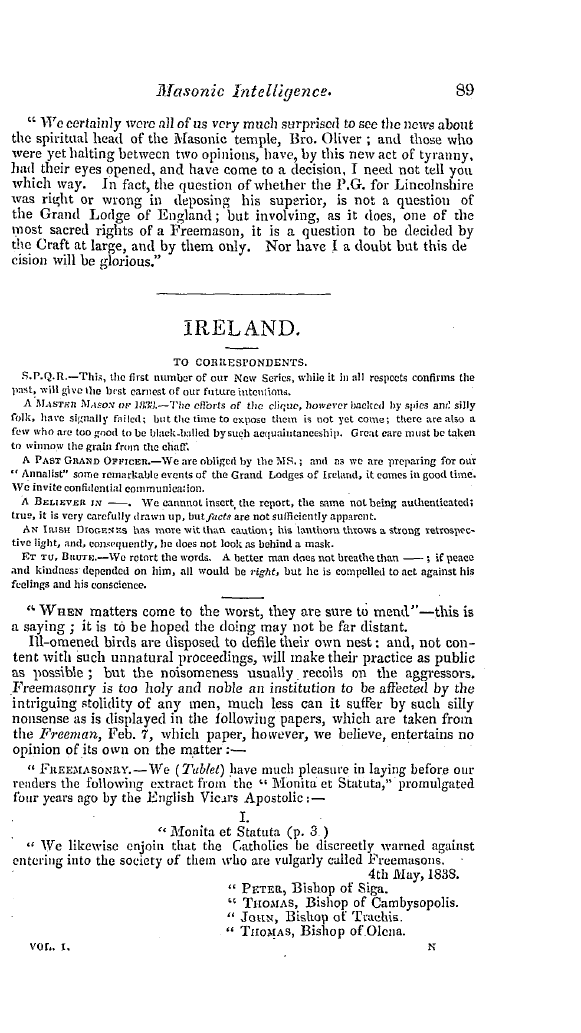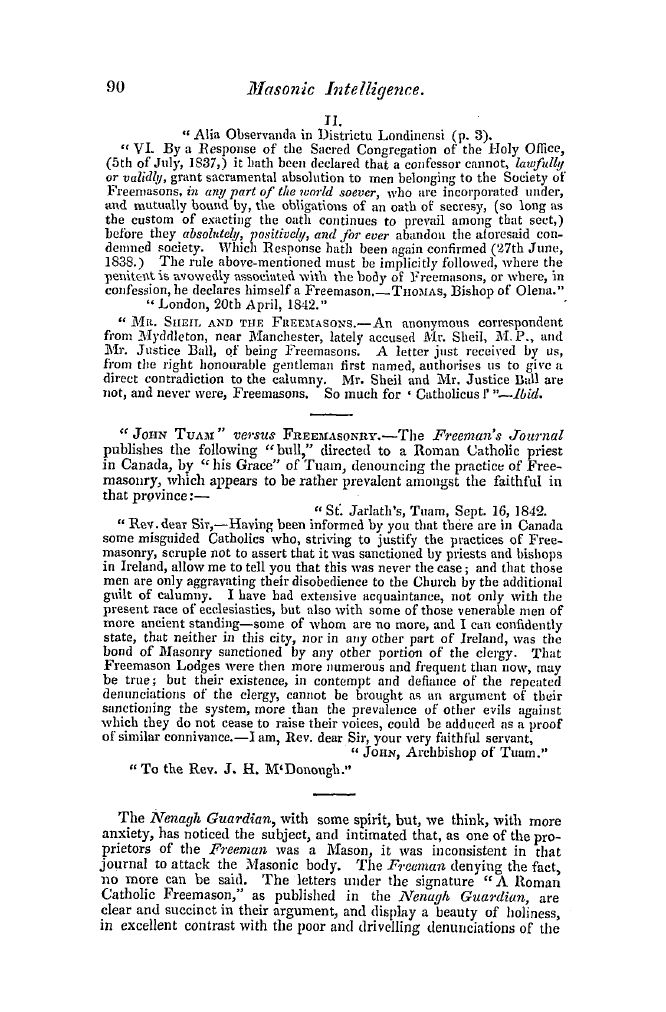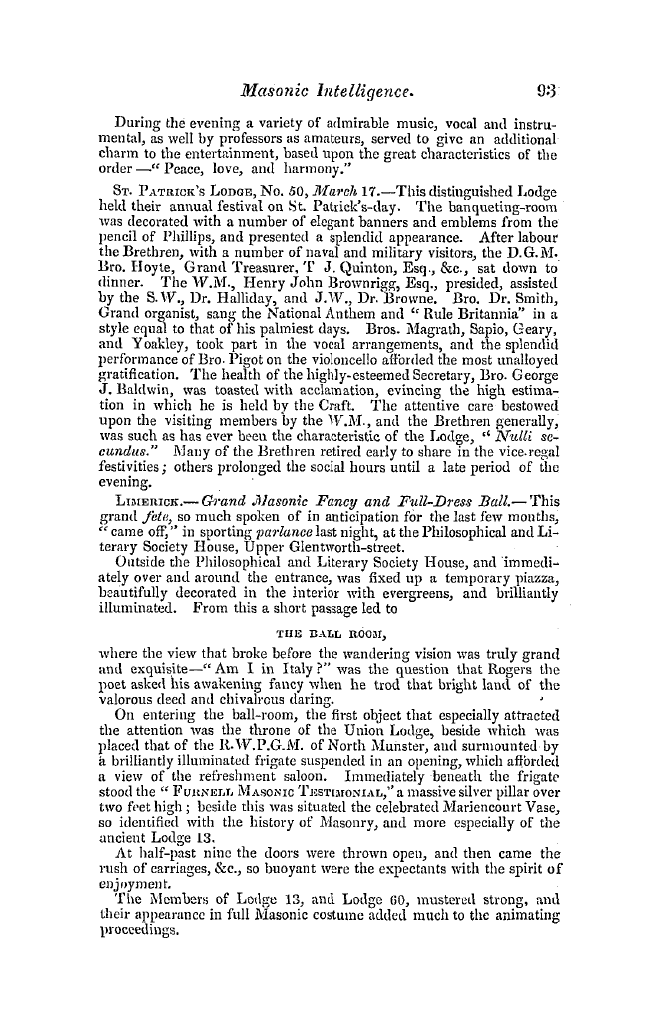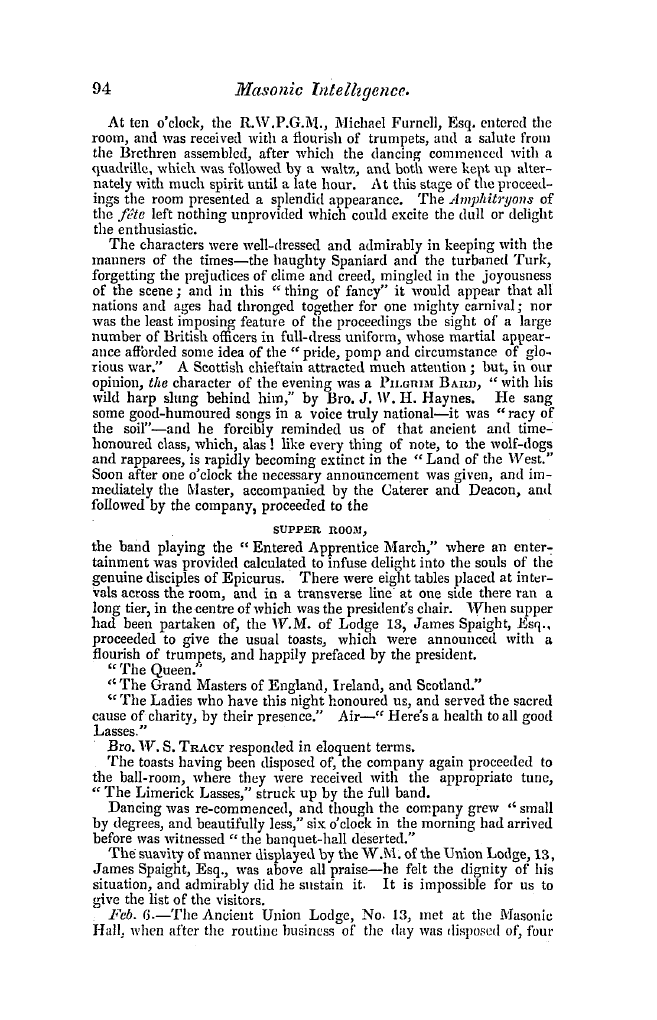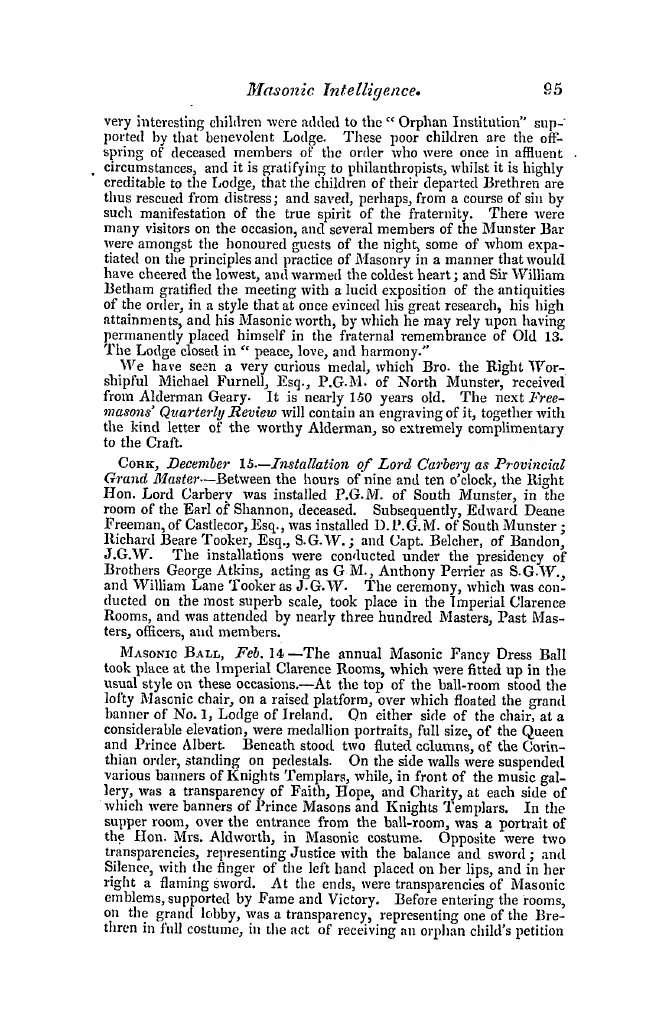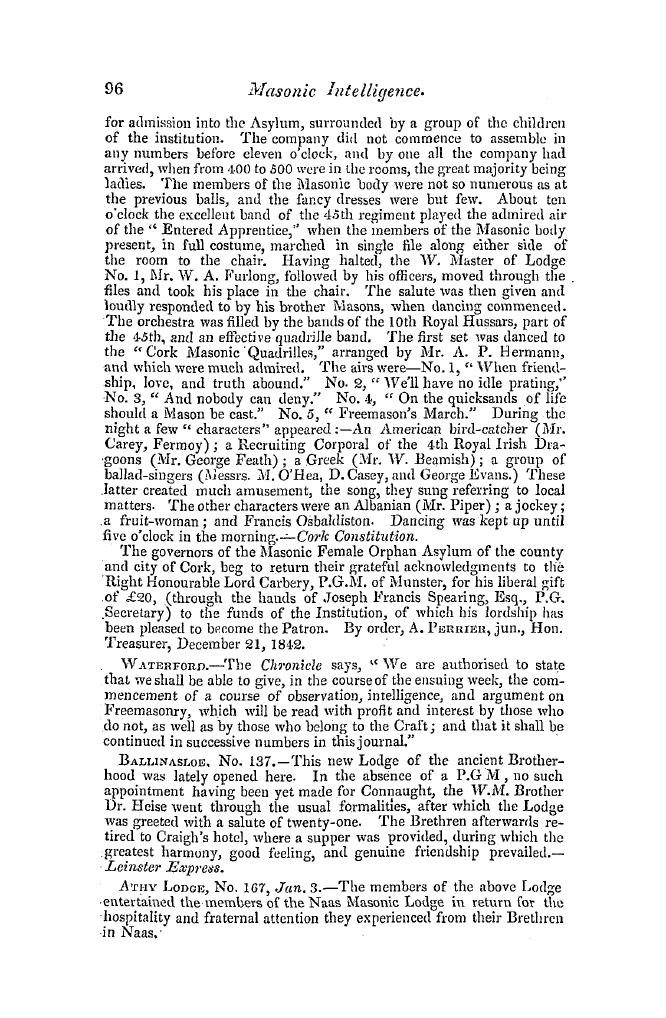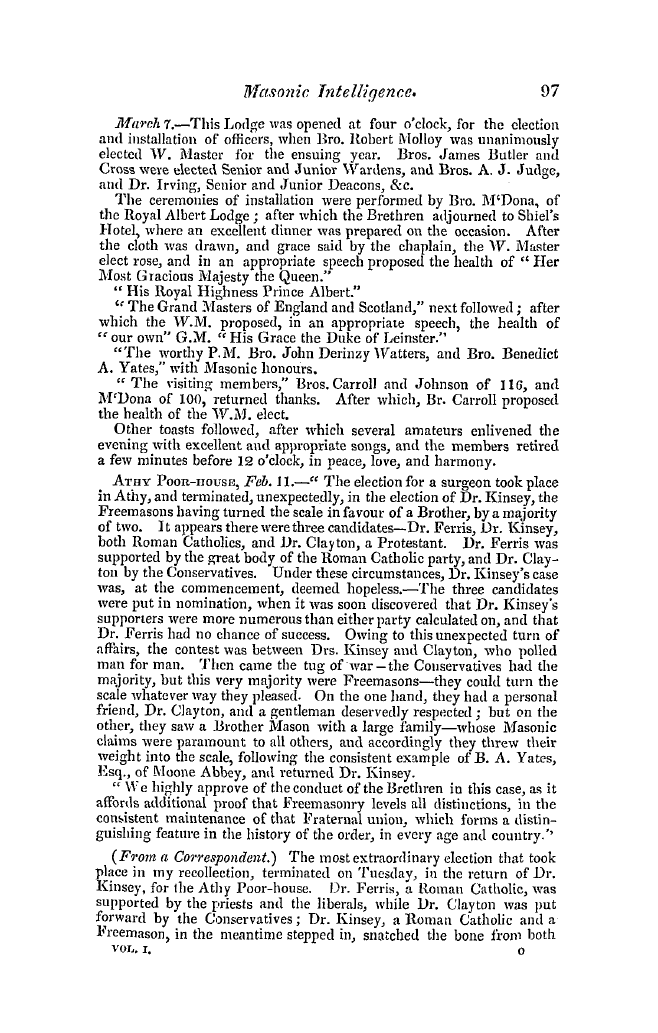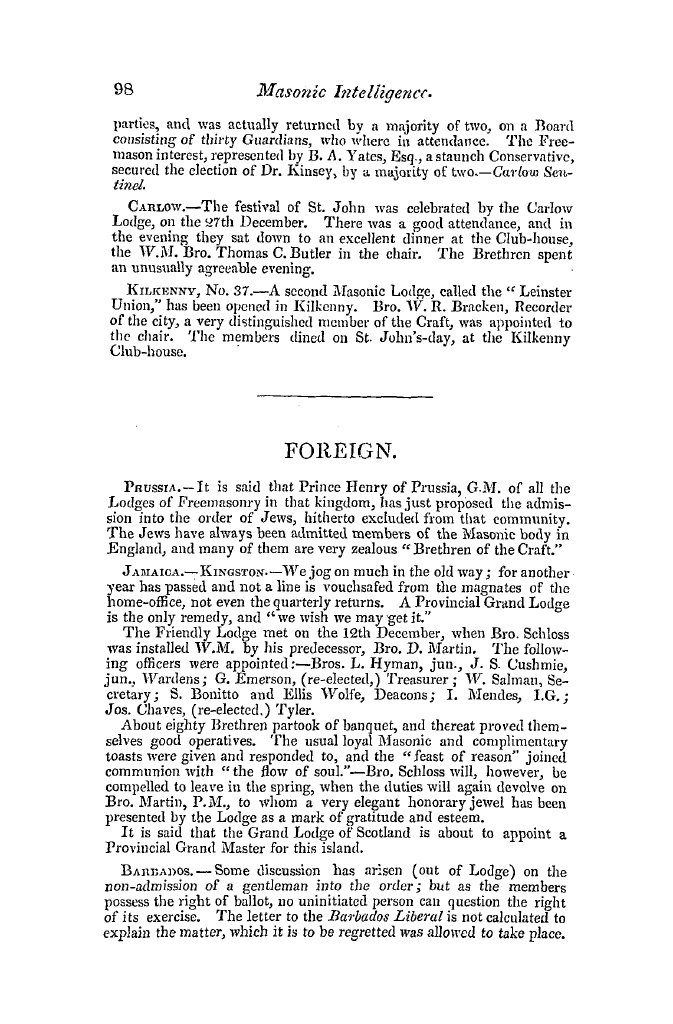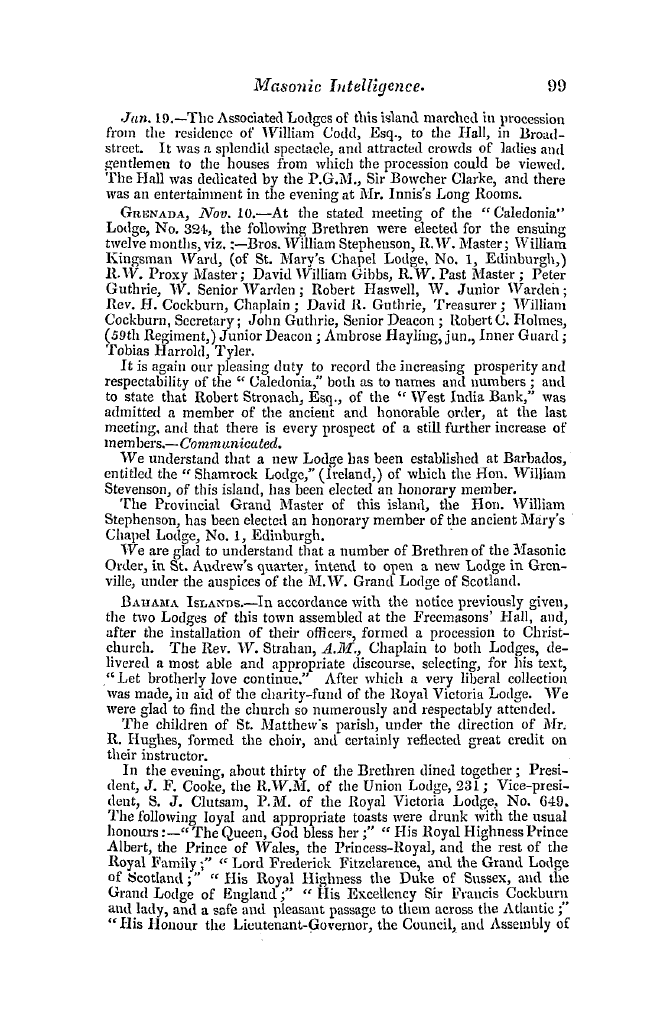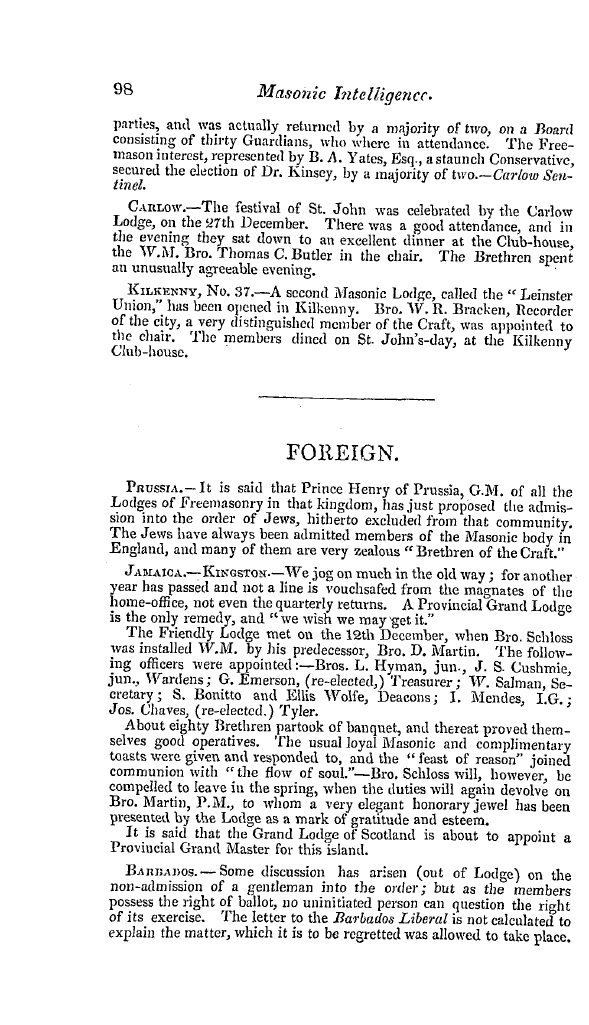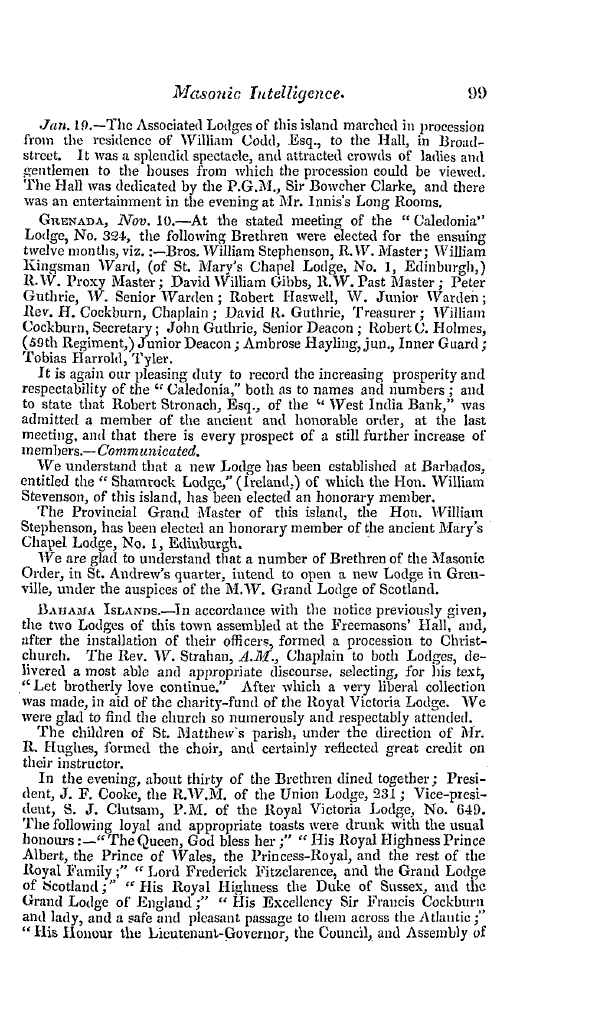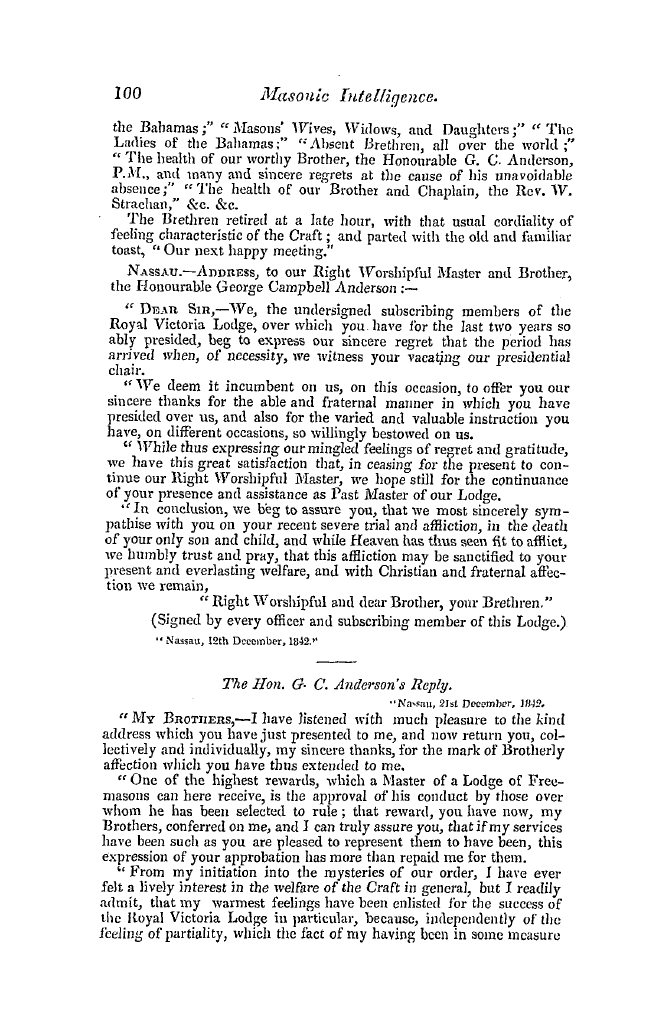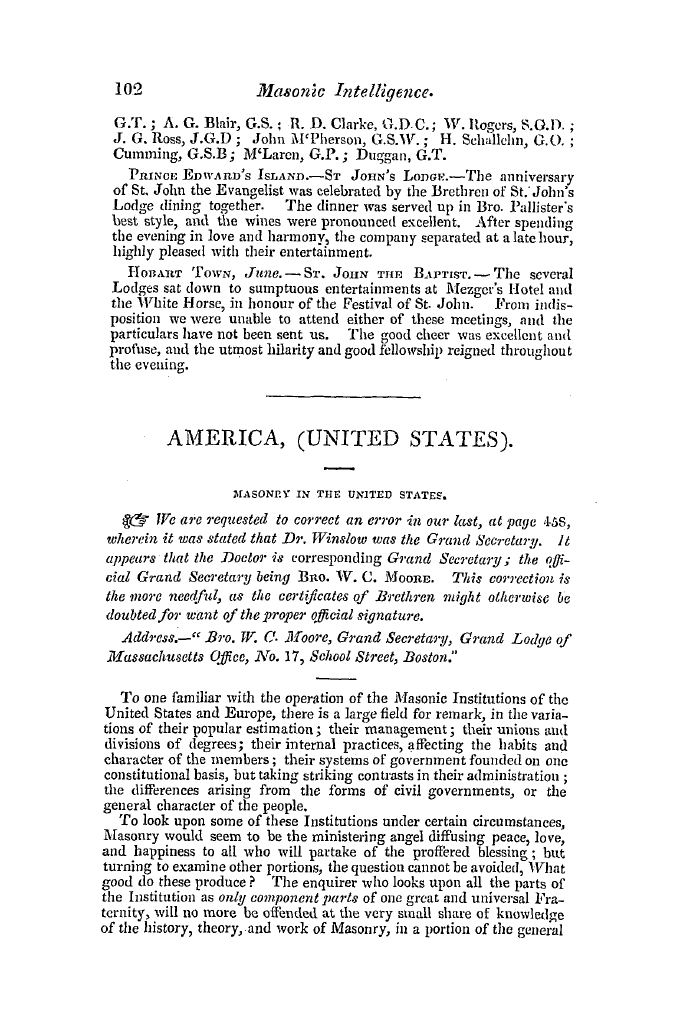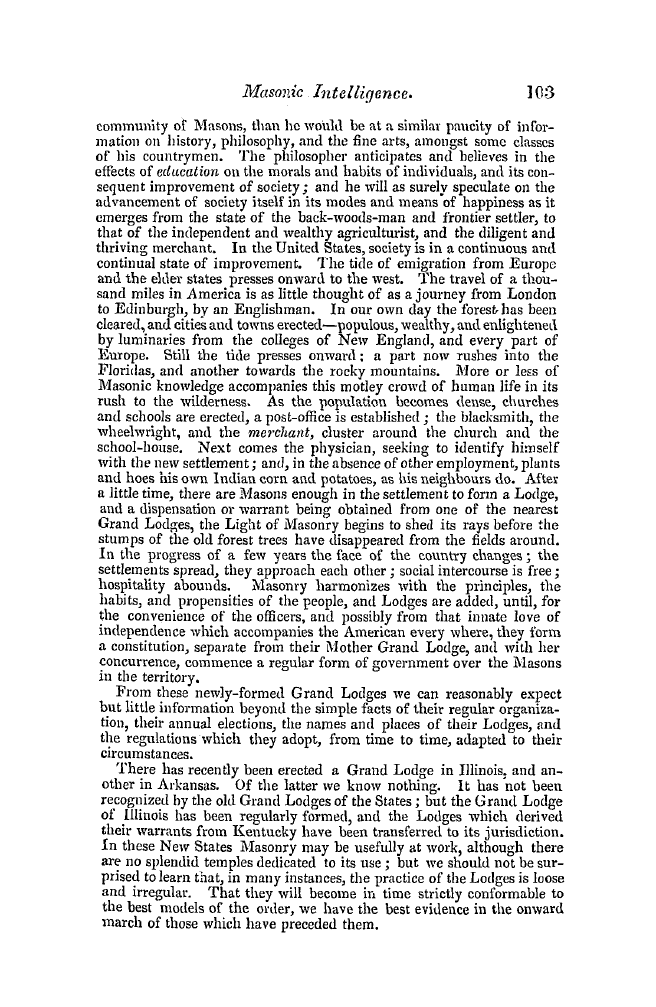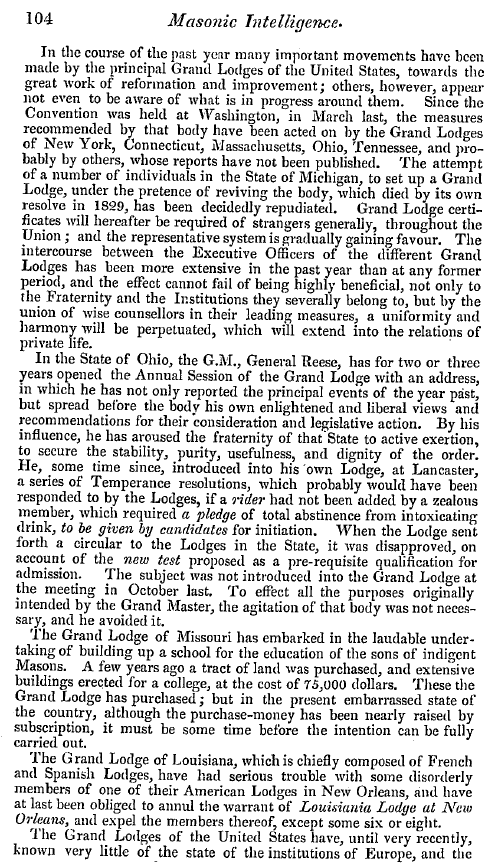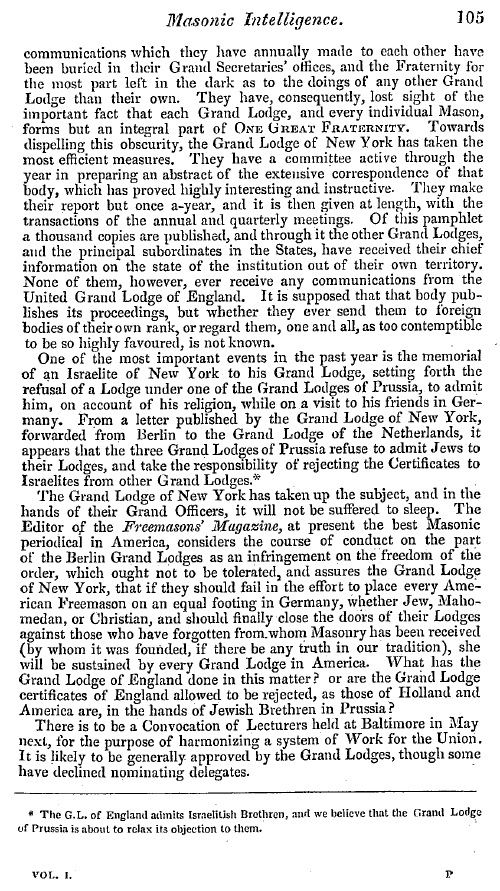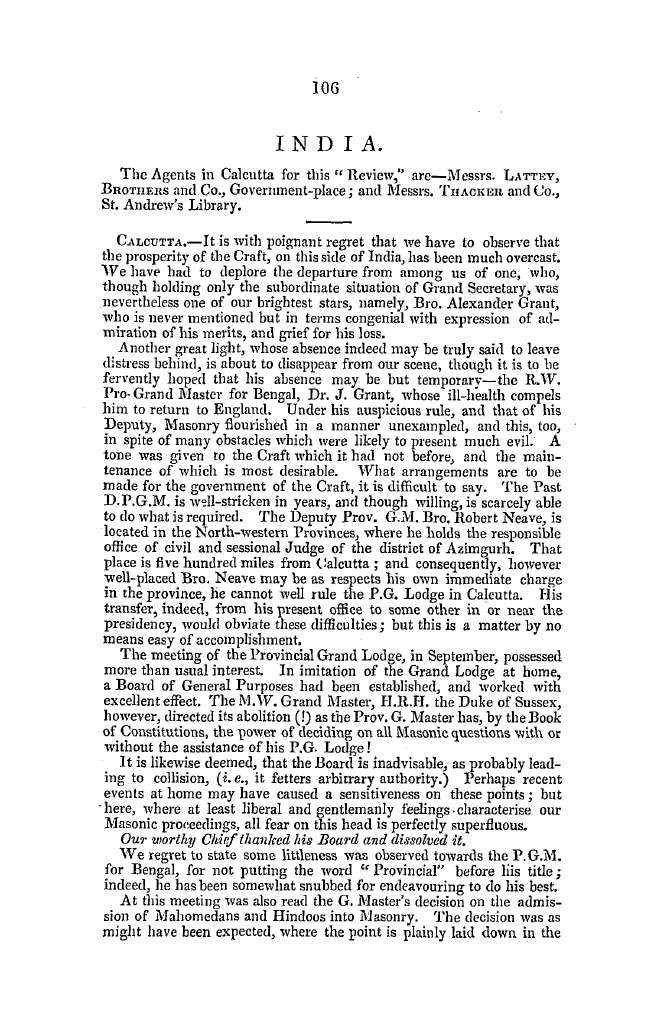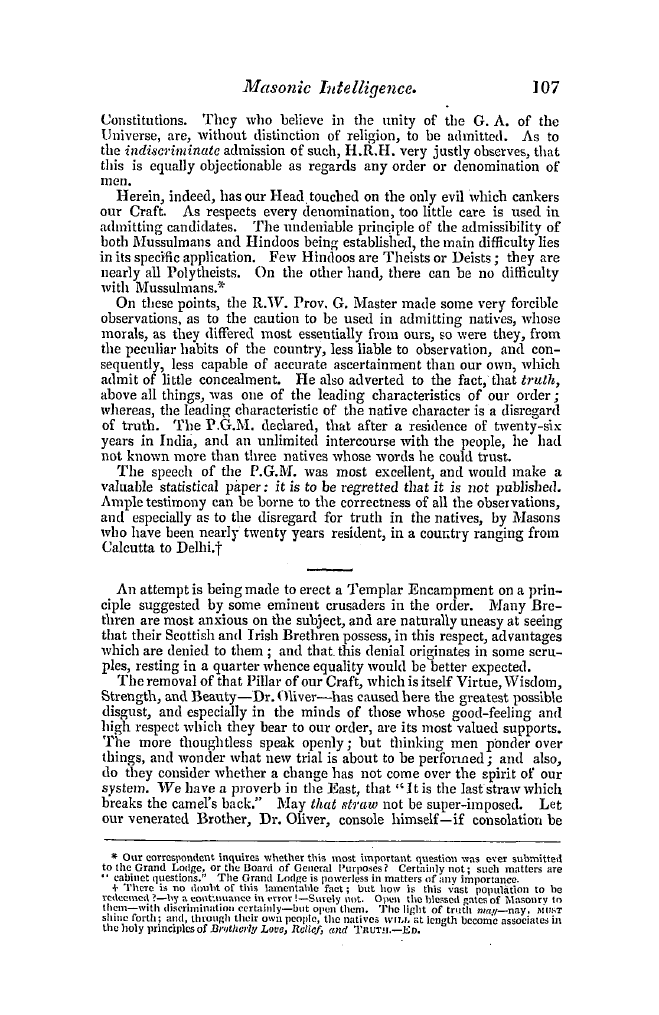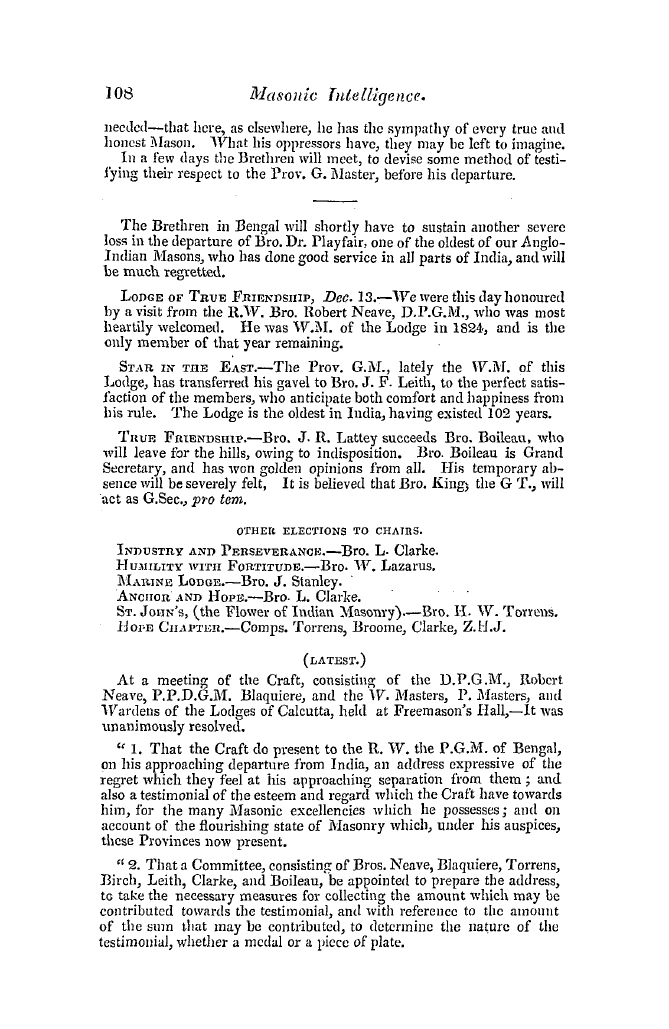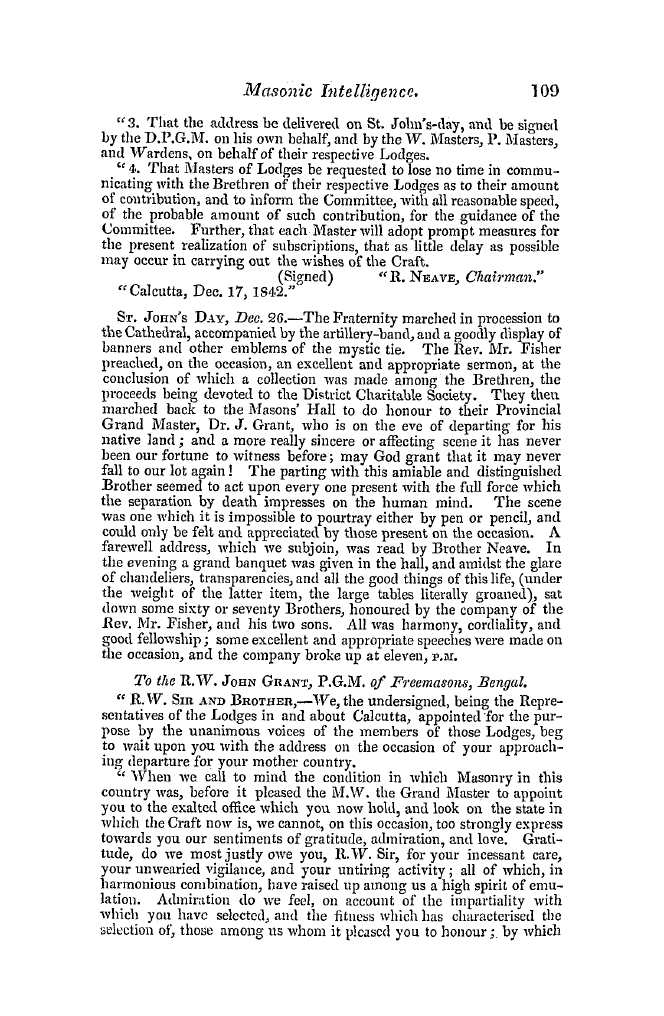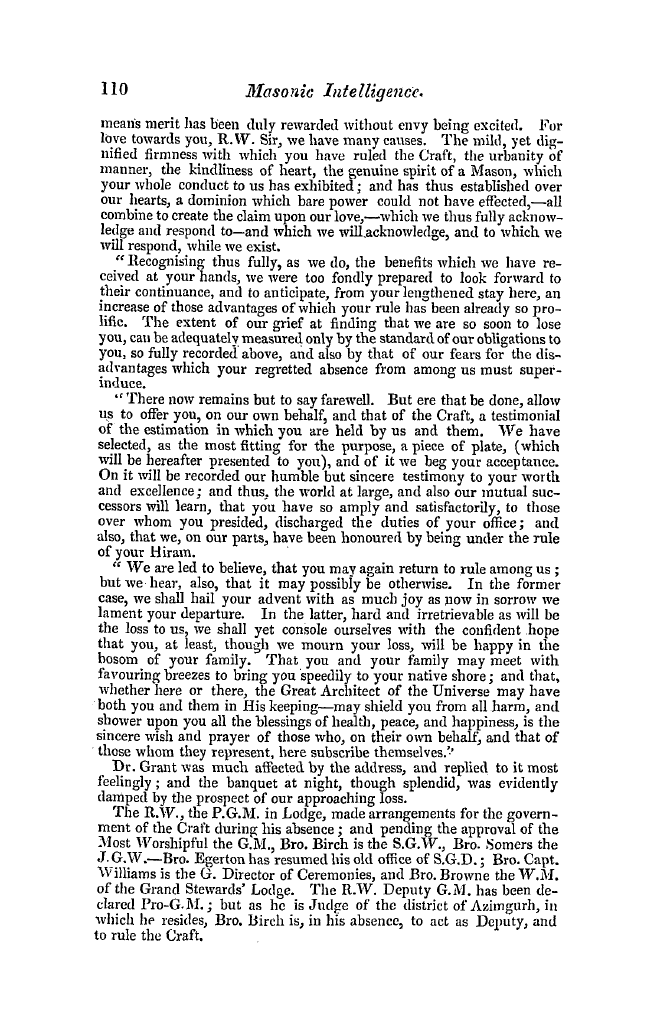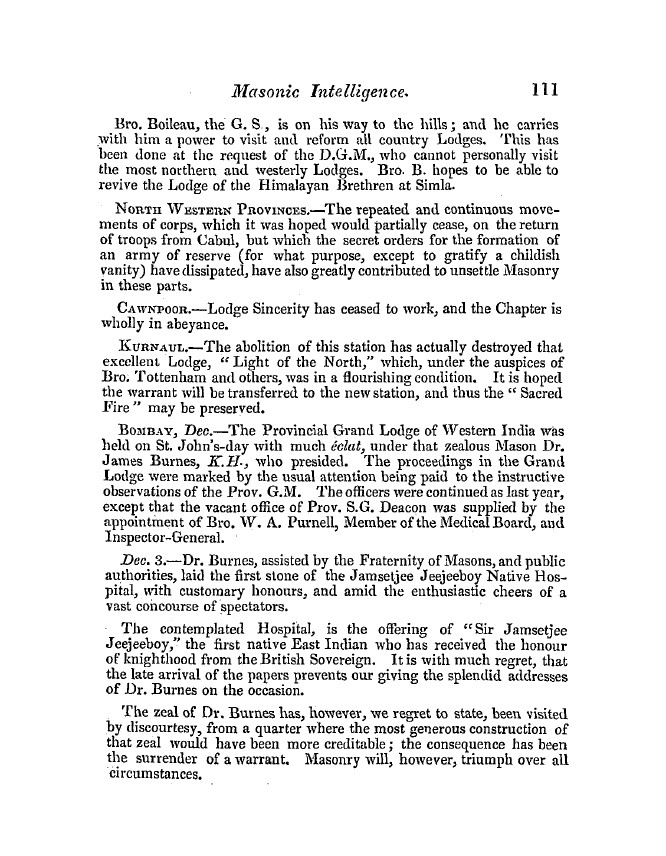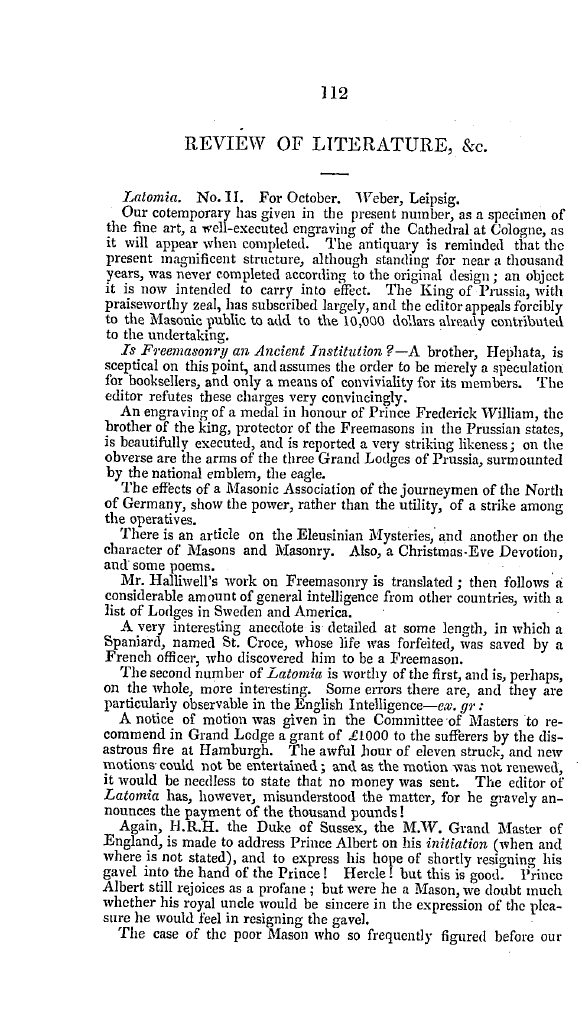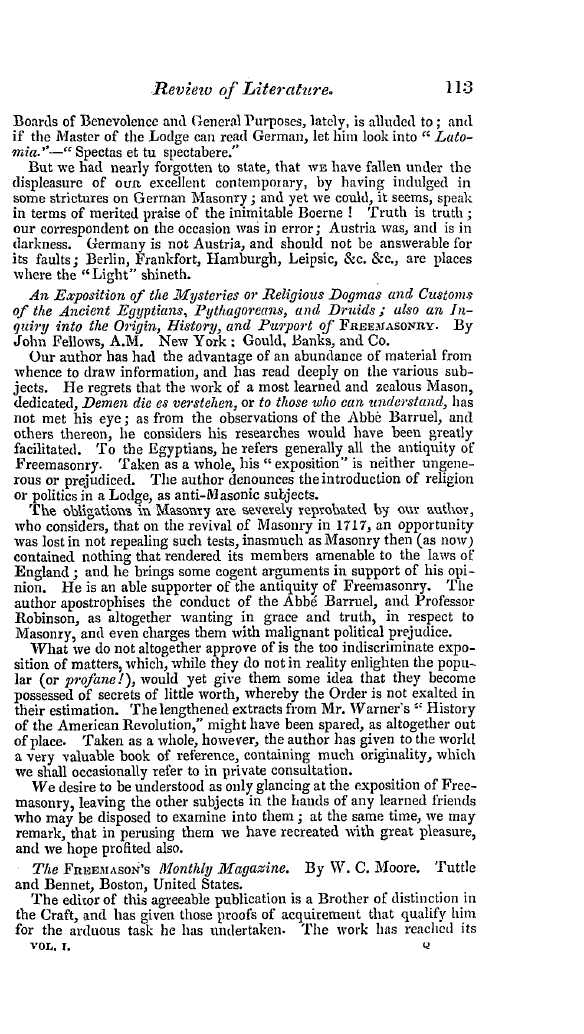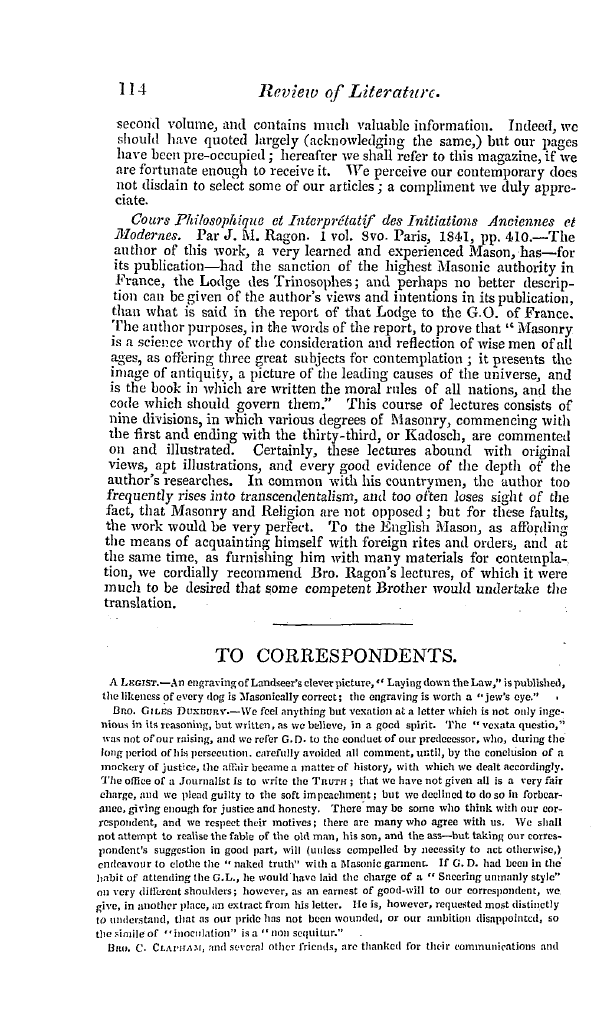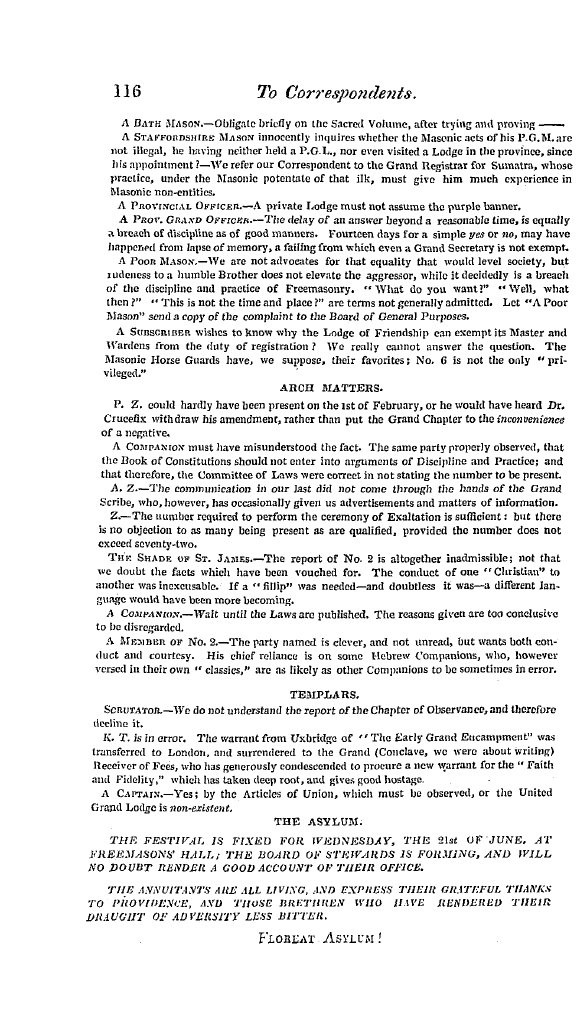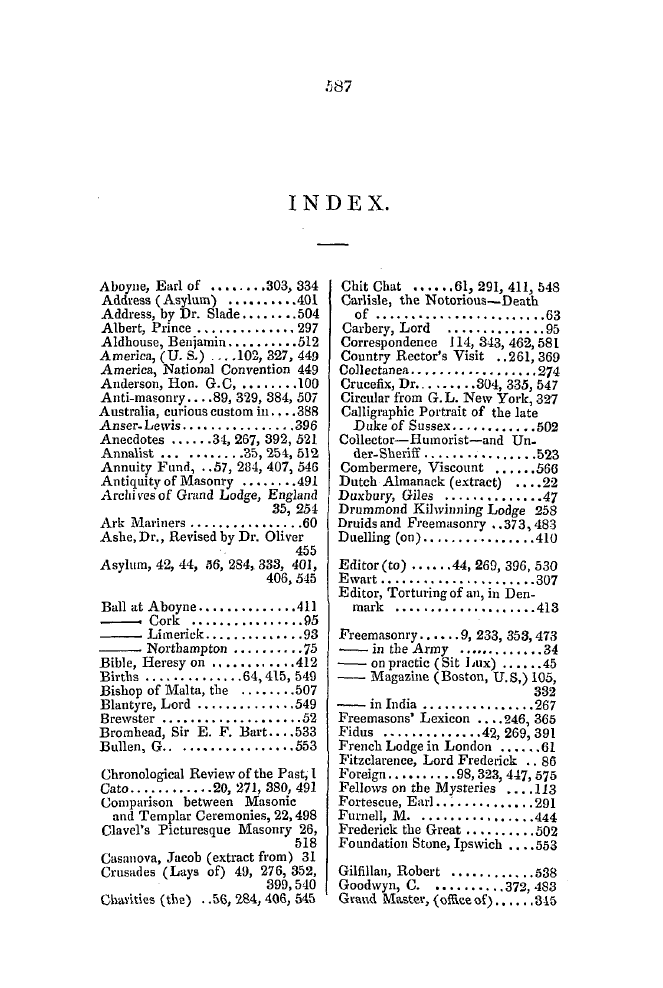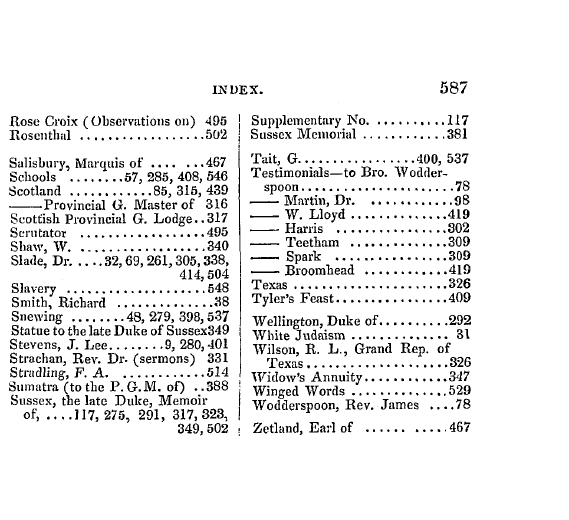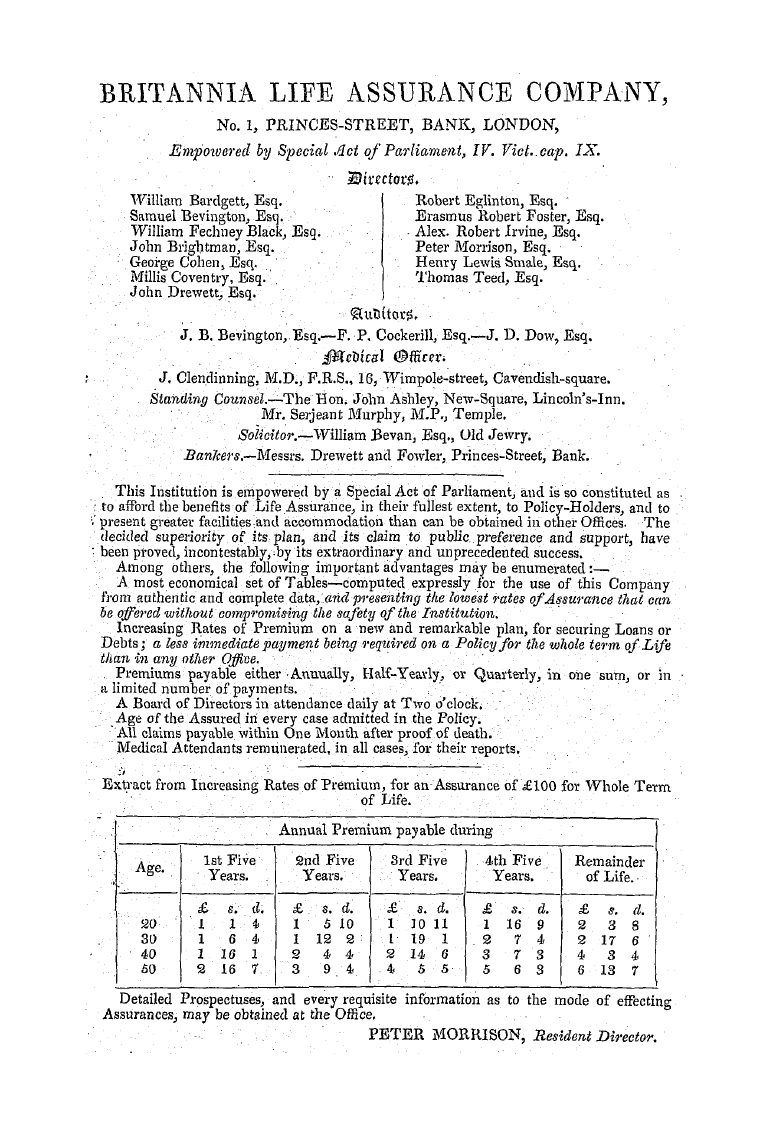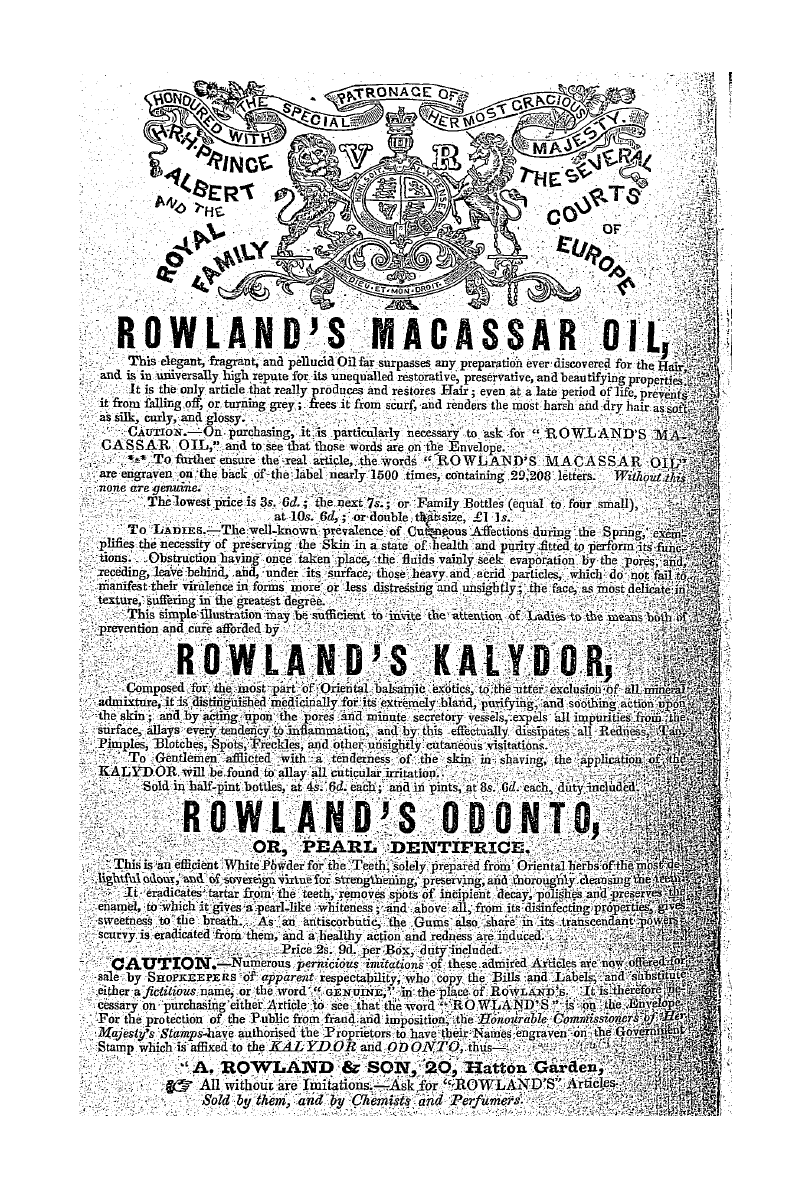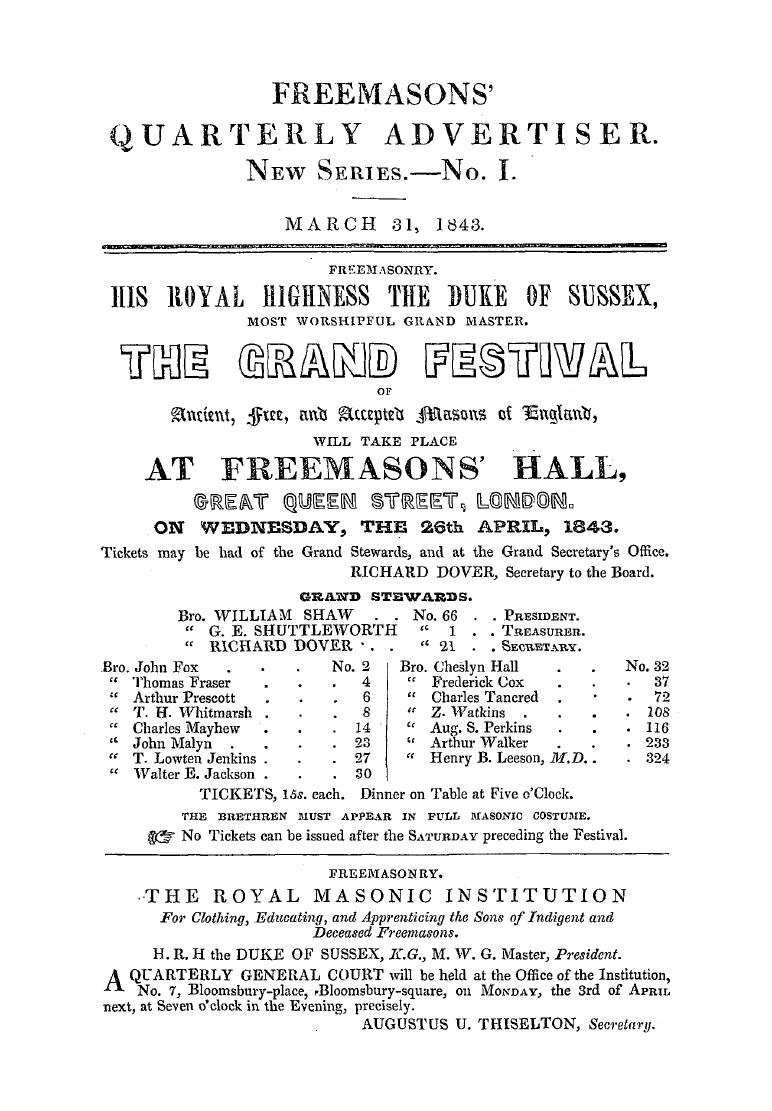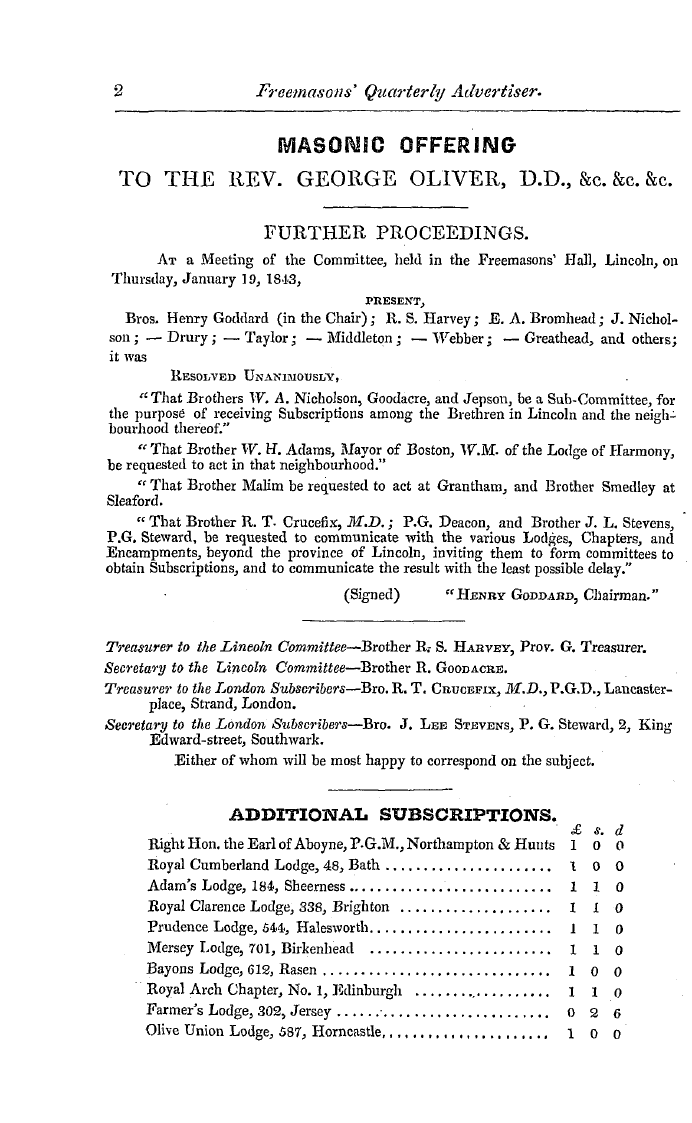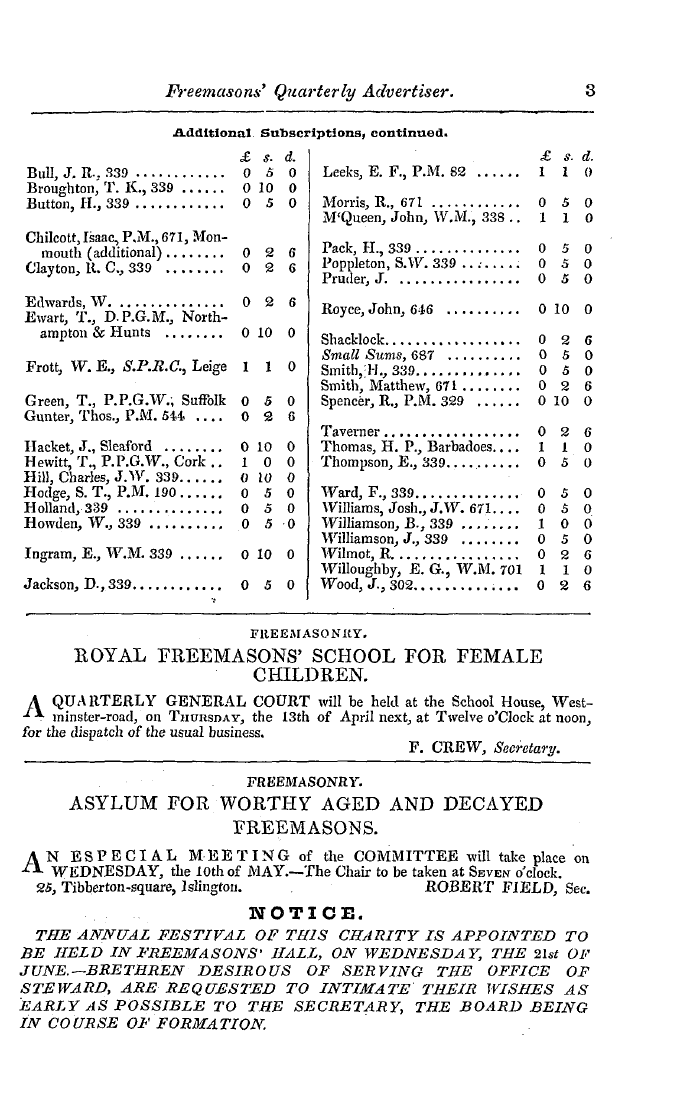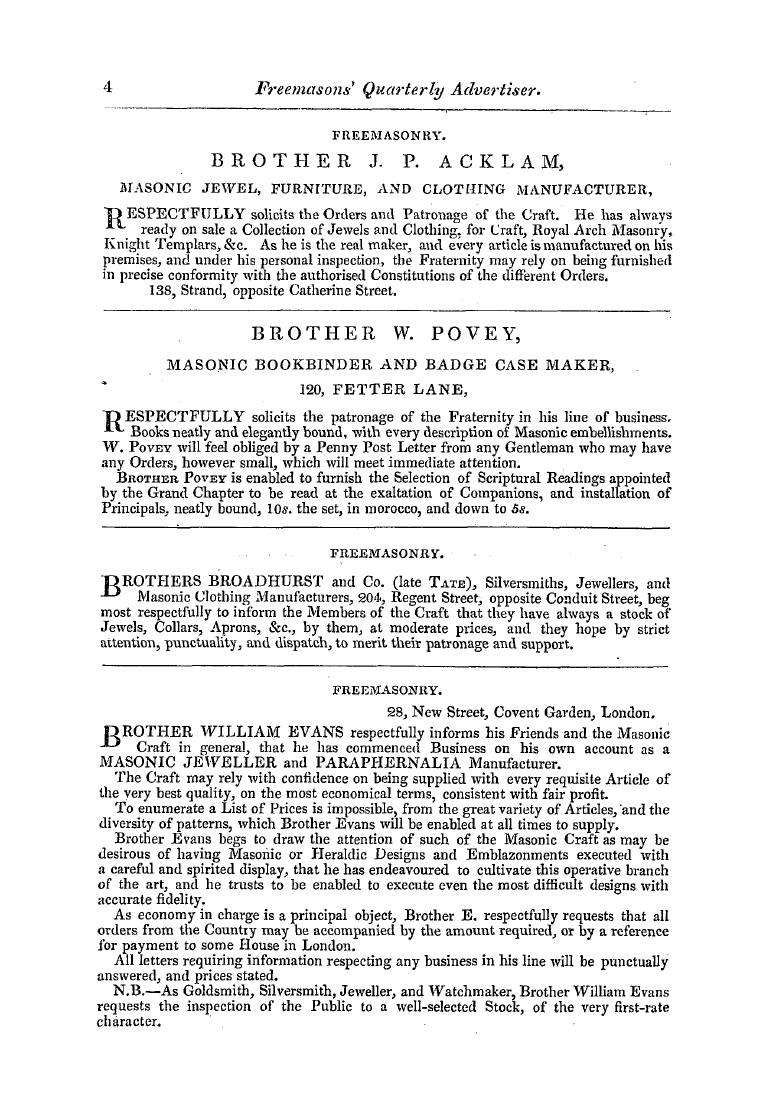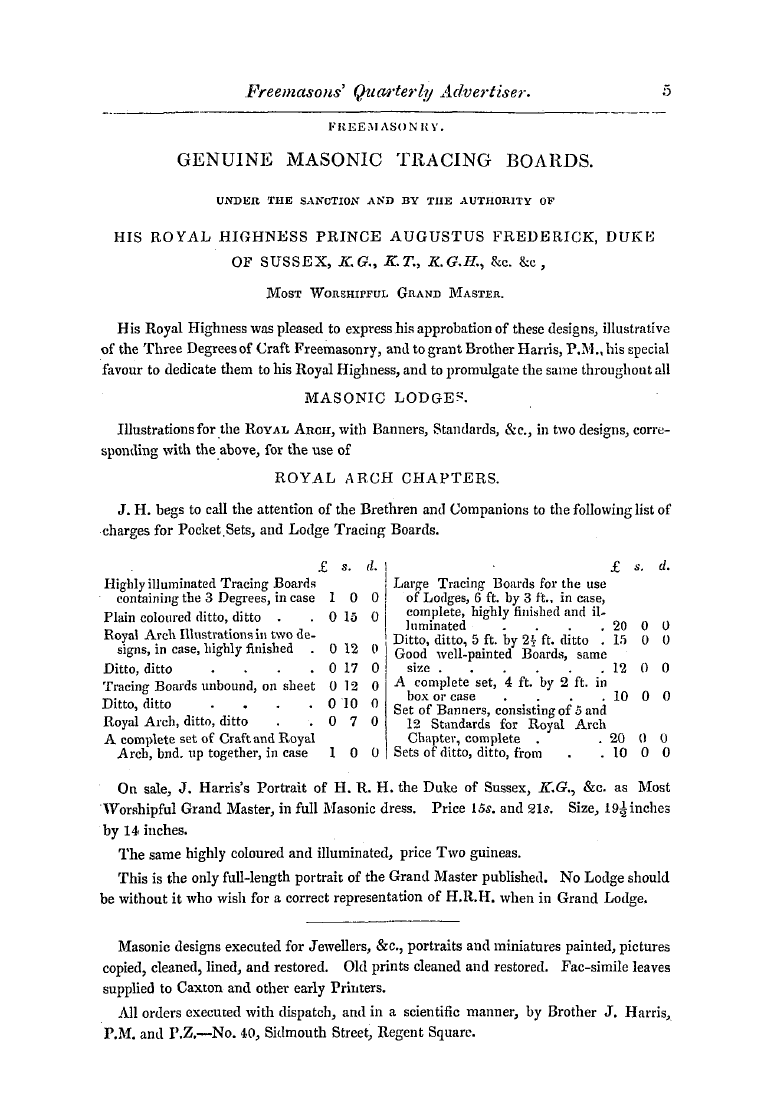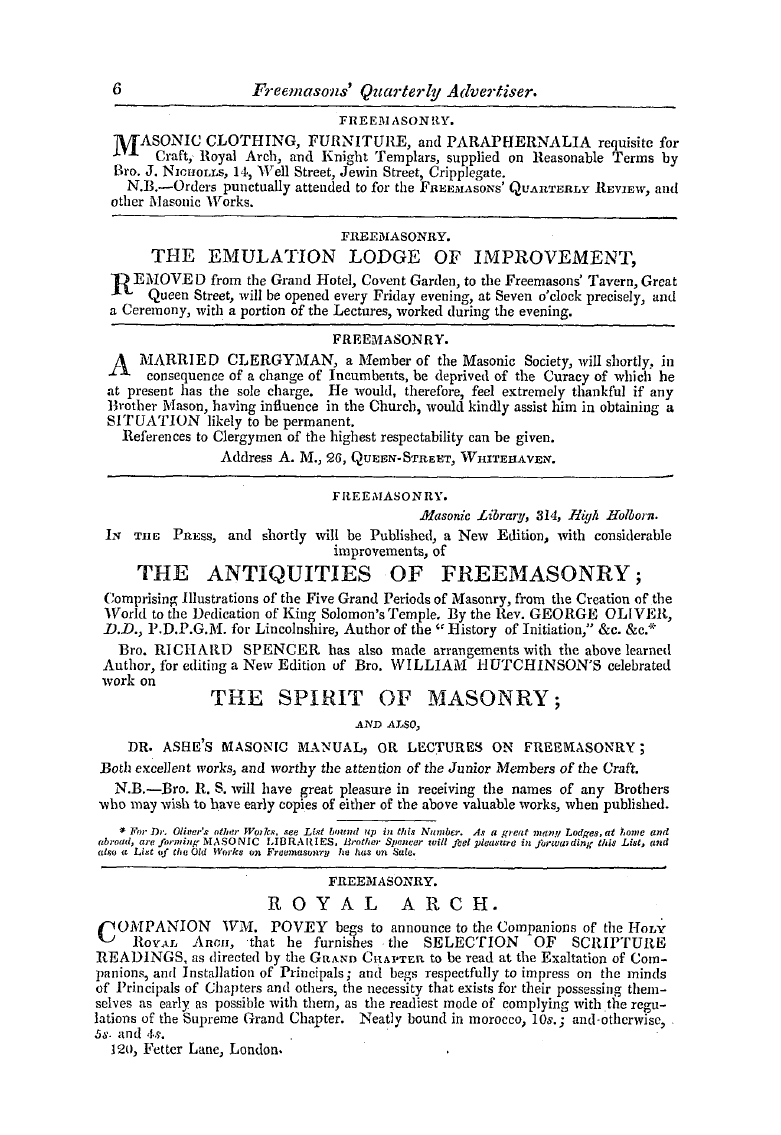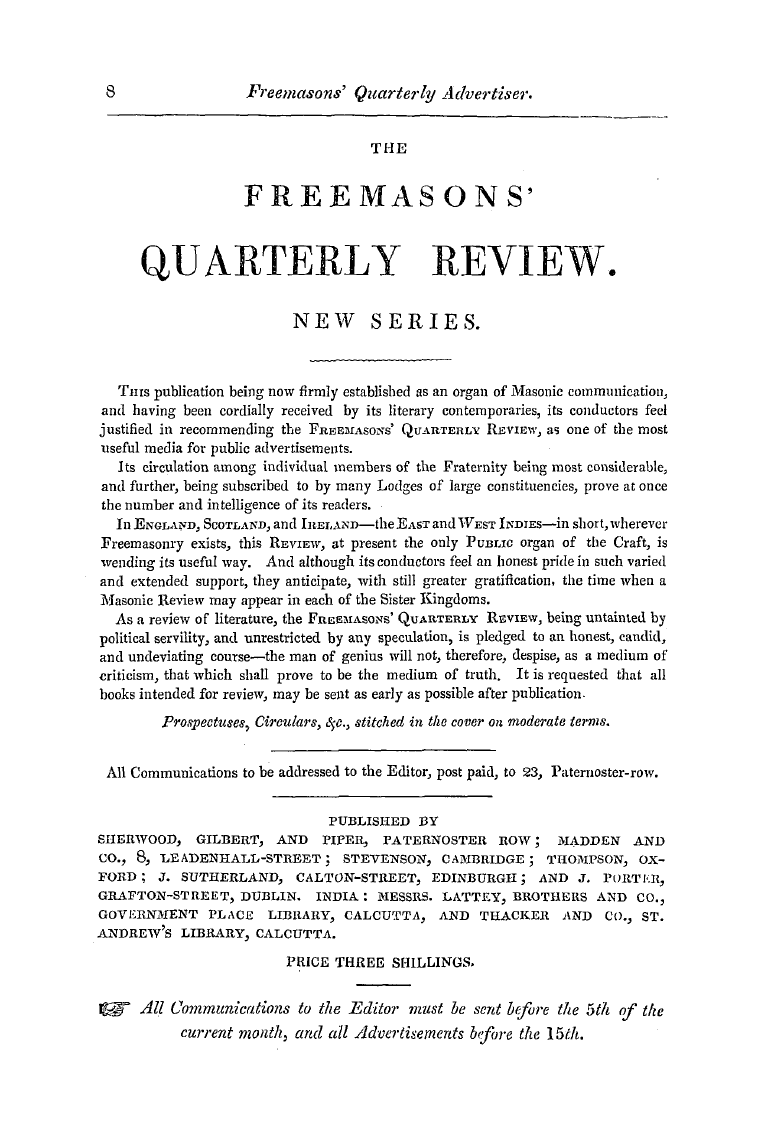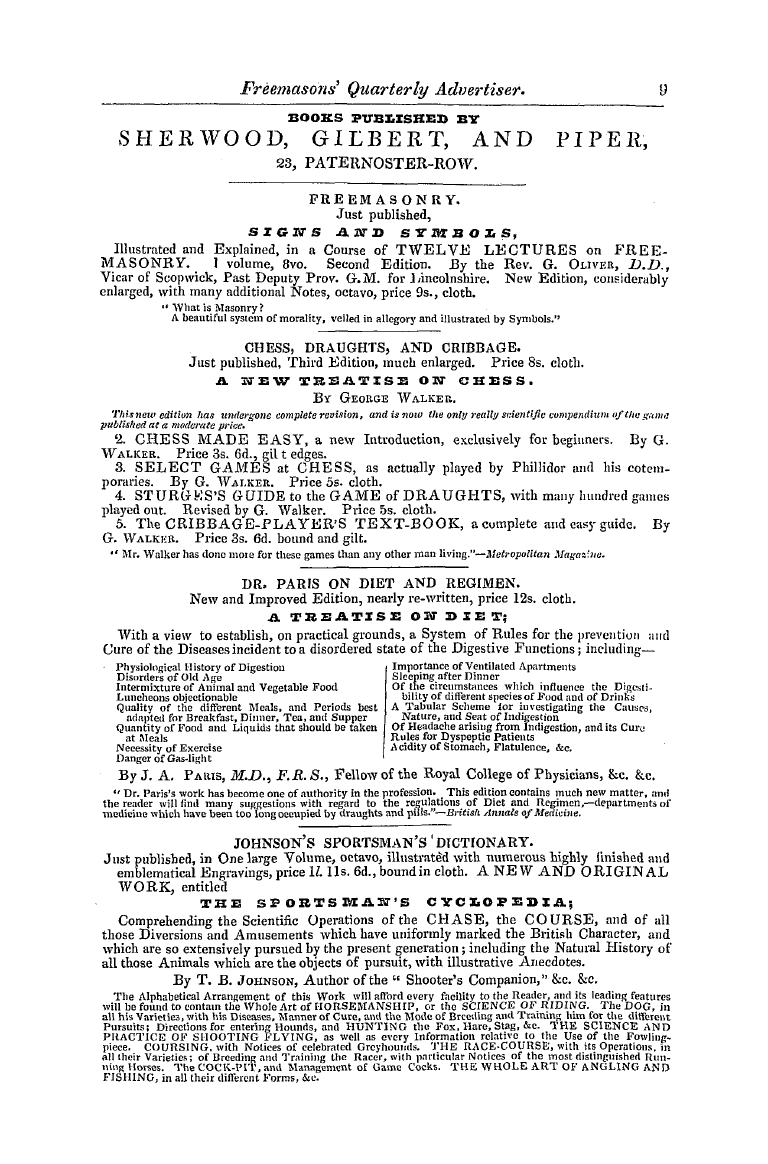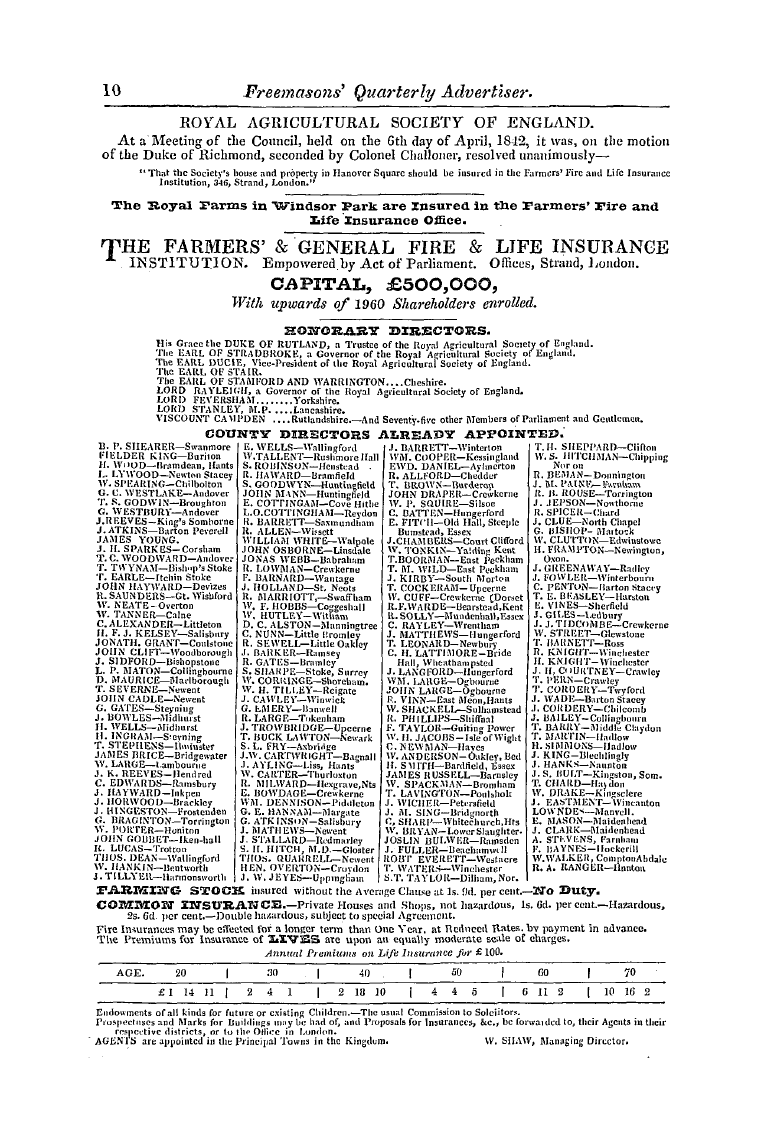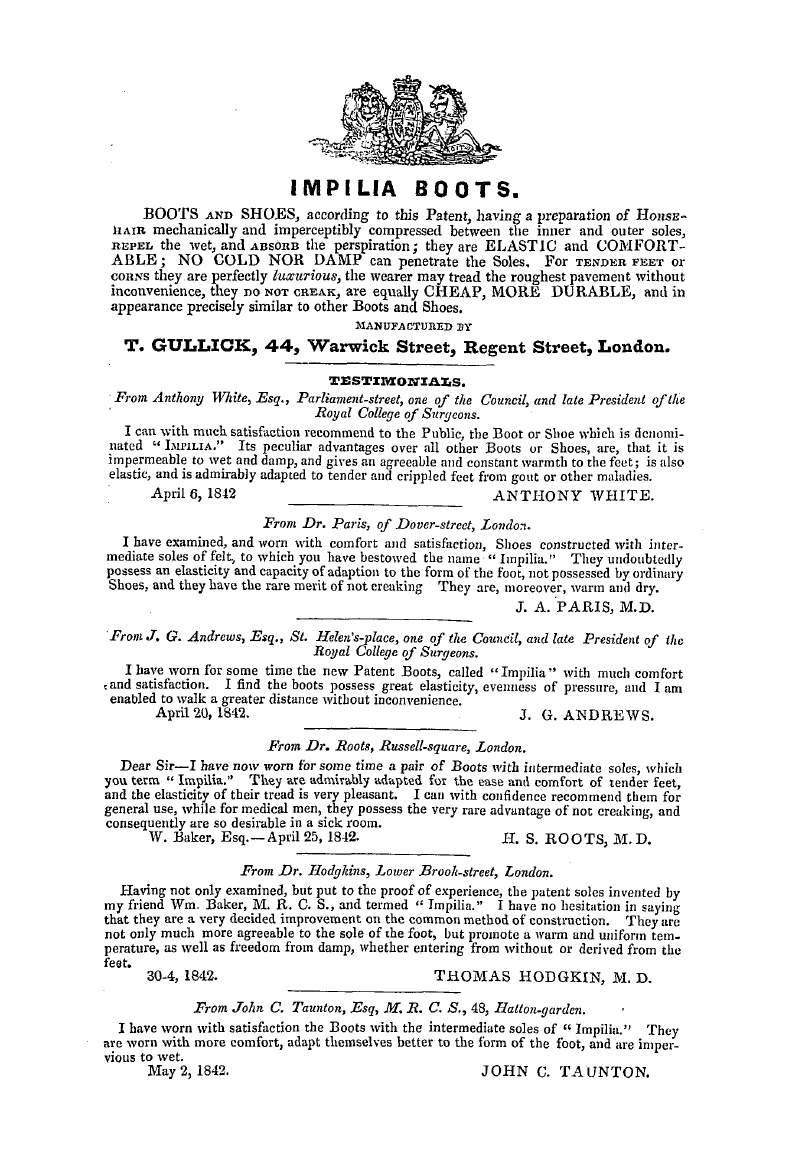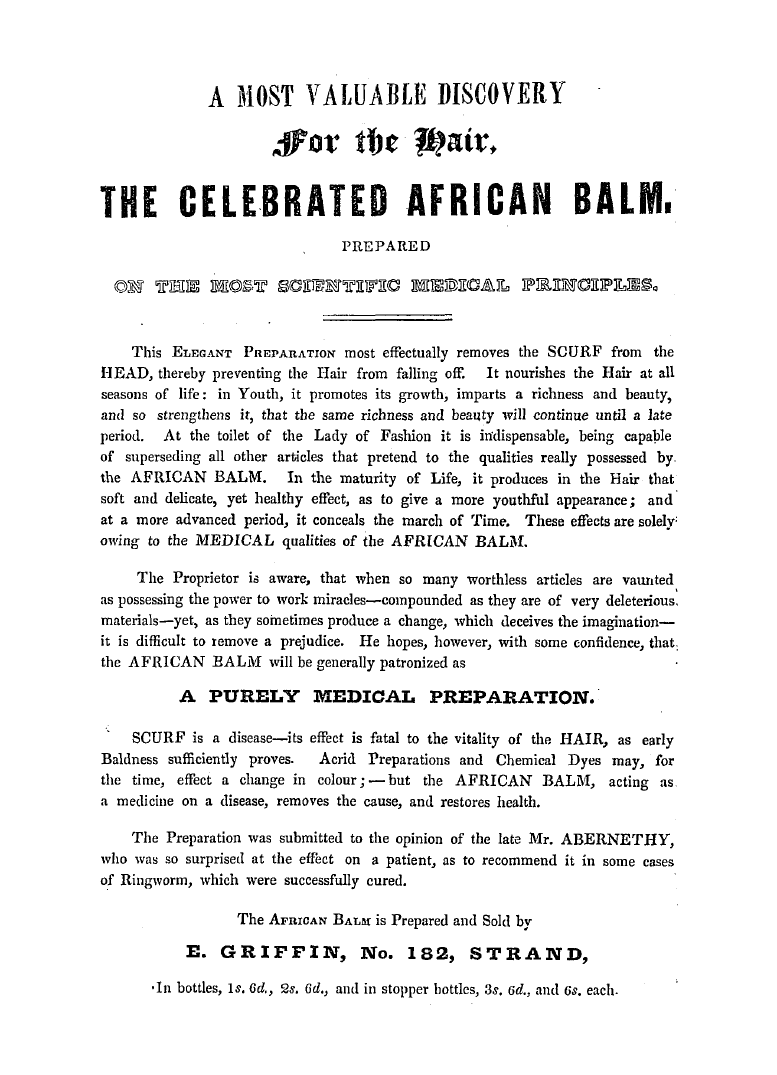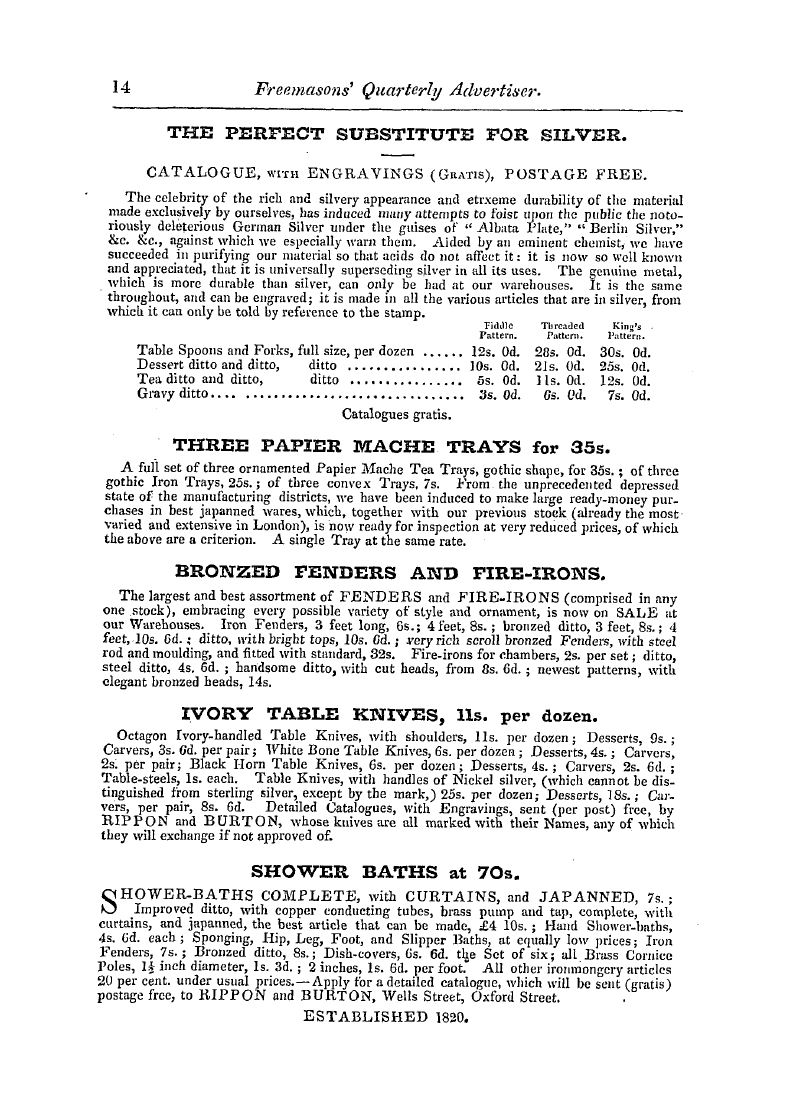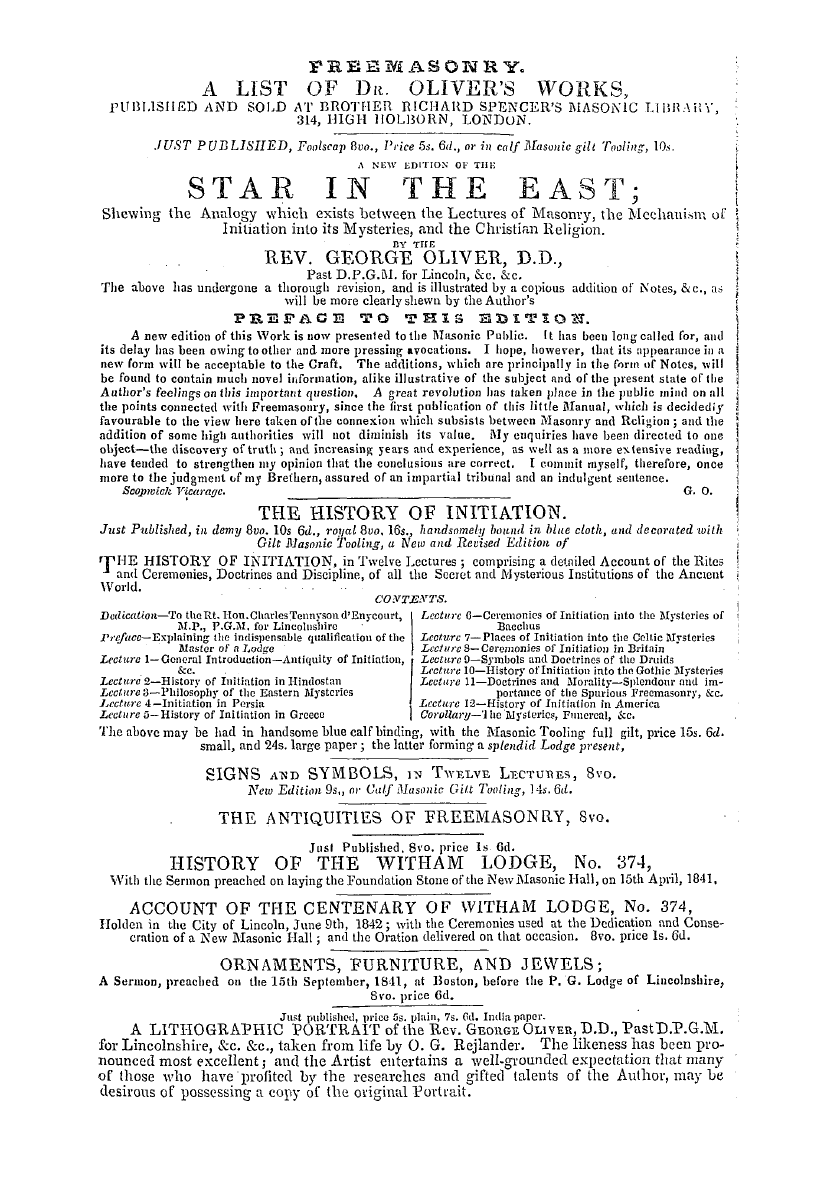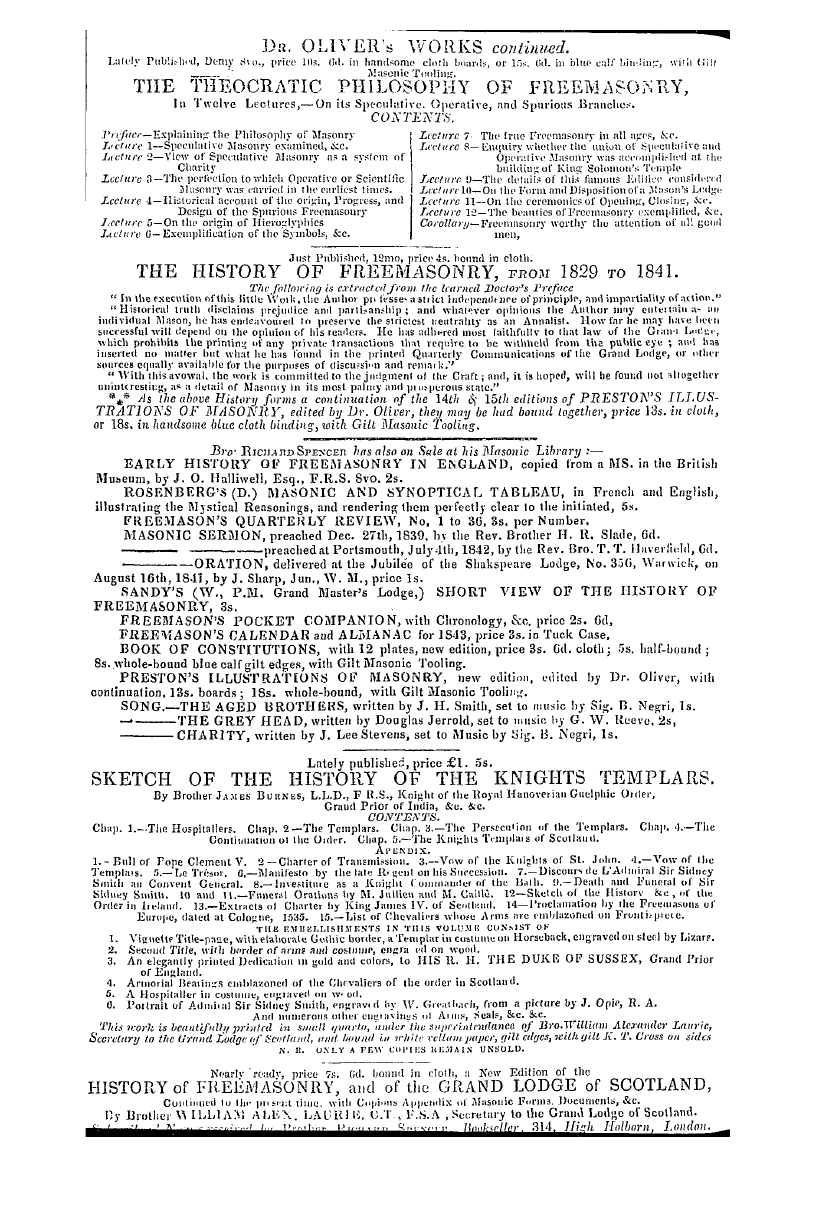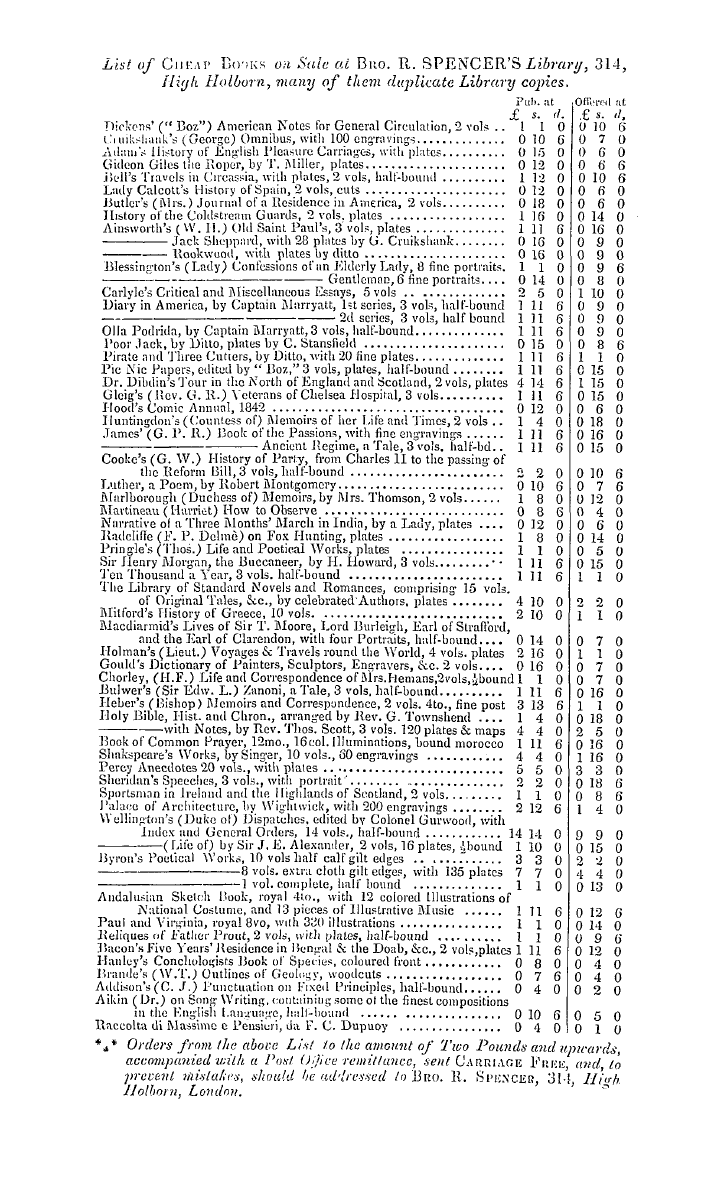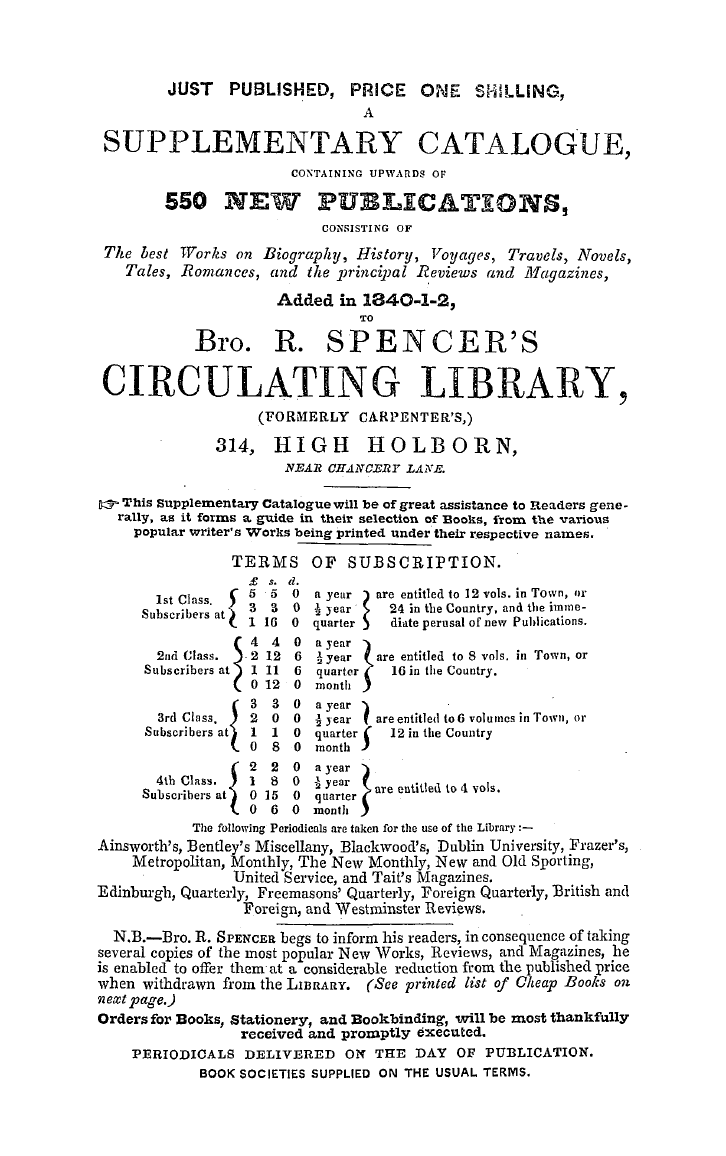-
Articles/Ads
Article M. CLAVEL'S PICTURESQUE MASONRY. ← Page 4 of 5 →
Note: This text has been automatically extracted via Optical Character Recognition (OCR) software.
M. Clavel's Picturesque Masonry.
assemblies , the Emperors sometimes revoked it ; and there were laws , at least with respect to some of the colleges , which fixed the number of members of which they were to consist . " The colleges of artisans , and particularly those which followed the trades required in the progress of religious , as well as civil , naval , and hydraulic , architecture , spread from Rome into the municipal towns and the provinces . When the formation of a city was undertakenor a
, temple , church , or palace contemplated , these bodies were convoked from the remotest distances by the Emperor , in order that they might commence the required work in co-operation . Independently of the colleges of architects established permanently in the towns , there were also architectural colleges , whose duty it was to trace the plans of all
military works , such as encampments , military ways , bridges , triumphal arches , trophies , & c , and who superintended the military actually employed in the formation of such works . All these corporations , civil and military , composed , at least the majority , of able and intelligent workmen , were the main instruments in spreading abroad the habits , literature , and arts of Rome , wherever she carried her victorious arms . " These colleges existed up to the fall of the empire , in all their
original vigour . The invasion of the barbarians materially diminished their number ; and they went on declining as long as these ignorant and savage races adhered to their pagan idolatry . But as soon as they v . -ere converted to Christianity , the corporations flourished once more . The priests , who obtained admission to their body as honorary members and patrons , gave their labours a useful direction , and actively employed them in the erection of churches and monasteries . Under the Lombard
power , they flourished with great eclat throughout Italy . They are discovered at this epoch under the name of free incorporations and fraternities . The most celebrated were those of Como ; and we find in Muratori that they had attained , in this respect , so high a reputation , that the title of Masters of Como ( JMagistri Comacini ) had become the common name of all the corporations of architects . Their primitive organization was still preserved . They retained their mode of
secret instruction and their mysteries , which they called Cabala ; they had their own jurisdiction and judges , their immunities and franchises . "Soon-after , their numbers were greatly multiplied , and Lombardy , which they had covered with reli gious edifices , did not afford space sufficient for their operations . Some of them formed associations , and constituted themselves into a grand body or fraternity , with the intent
of seeking , beyond the Alps , an opportunity of exercising their profession in those countries where Christianity , of recent establishment , was as yetin want of churches and monasteries . The Popes encouraged this design : they thought it advisable to aid the propagation of the faith by the majestic spectacle of imposing structures , and all the advantages derived from the arts , which they brought to the aid of devotion . They consequentlconferred the new incorporationsand all
y upon , upon which should be subsequently formed out of them , having the same object , a monopoly , that extended to the whole of Christendom , and which they sustained and strengthened with all the guarantees and infallibility that their spiritual supremacy placed at their disposal . 1 he diplomas to this effect given to the new associations , secured them protection in their exclusive riht to construct all reliious edifices
g g . ' •"'•¦ ¦ Consisting , in the first instance , of Italians exclusively , the Masonic associations were not long , however , before they admitted into their ranks the artists of the countries in which they built edifices . Thus did the Greeks , the Spaniards , the Portuguese , the French , the Belg ians ,
Note: This text has been automatically extracted via Optical Character Recognition (OCR) software.
M. Clavel's Picturesque Masonry.
assemblies , the Emperors sometimes revoked it ; and there were laws , at least with respect to some of the colleges , which fixed the number of members of which they were to consist . " The colleges of artisans , and particularly those which followed the trades required in the progress of religious , as well as civil , naval , and hydraulic , architecture , spread from Rome into the municipal towns and the provinces . When the formation of a city was undertakenor a
, temple , church , or palace contemplated , these bodies were convoked from the remotest distances by the Emperor , in order that they might commence the required work in co-operation . Independently of the colleges of architects established permanently in the towns , there were also architectural colleges , whose duty it was to trace the plans of all
military works , such as encampments , military ways , bridges , triumphal arches , trophies , & c , and who superintended the military actually employed in the formation of such works . All these corporations , civil and military , composed , at least the majority , of able and intelligent workmen , were the main instruments in spreading abroad the habits , literature , and arts of Rome , wherever she carried her victorious arms . " These colleges existed up to the fall of the empire , in all their
original vigour . The invasion of the barbarians materially diminished their number ; and they went on declining as long as these ignorant and savage races adhered to their pagan idolatry . But as soon as they v . -ere converted to Christianity , the corporations flourished once more . The priests , who obtained admission to their body as honorary members and patrons , gave their labours a useful direction , and actively employed them in the erection of churches and monasteries . Under the Lombard
power , they flourished with great eclat throughout Italy . They are discovered at this epoch under the name of free incorporations and fraternities . The most celebrated were those of Como ; and we find in Muratori that they had attained , in this respect , so high a reputation , that the title of Masters of Como ( JMagistri Comacini ) had become the common name of all the corporations of architects . Their primitive organization was still preserved . They retained their mode of
secret instruction and their mysteries , which they called Cabala ; they had their own jurisdiction and judges , their immunities and franchises . "Soon-after , their numbers were greatly multiplied , and Lombardy , which they had covered with reli gious edifices , did not afford space sufficient for their operations . Some of them formed associations , and constituted themselves into a grand body or fraternity , with the intent
of seeking , beyond the Alps , an opportunity of exercising their profession in those countries where Christianity , of recent establishment , was as yetin want of churches and monasteries . The Popes encouraged this design : they thought it advisable to aid the propagation of the faith by the majestic spectacle of imposing structures , and all the advantages derived from the arts , which they brought to the aid of devotion . They consequentlconferred the new incorporationsand all
y upon , upon which should be subsequently formed out of them , having the same object , a monopoly , that extended to the whole of Christendom , and which they sustained and strengthened with all the guarantees and infallibility that their spiritual supremacy placed at their disposal . 1 he diplomas to this effect given to the new associations , secured them protection in their exclusive riht to construct all reliious edifices
g g . ' •"'•¦ ¦ Consisting , in the first instance , of Italians exclusively , the Masonic associations were not long , however , before they admitted into their ranks the artists of the countries in which they built edifices . Thus did the Greeks , the Spaniards , the Portuguese , the French , the Belg ians ,




























































